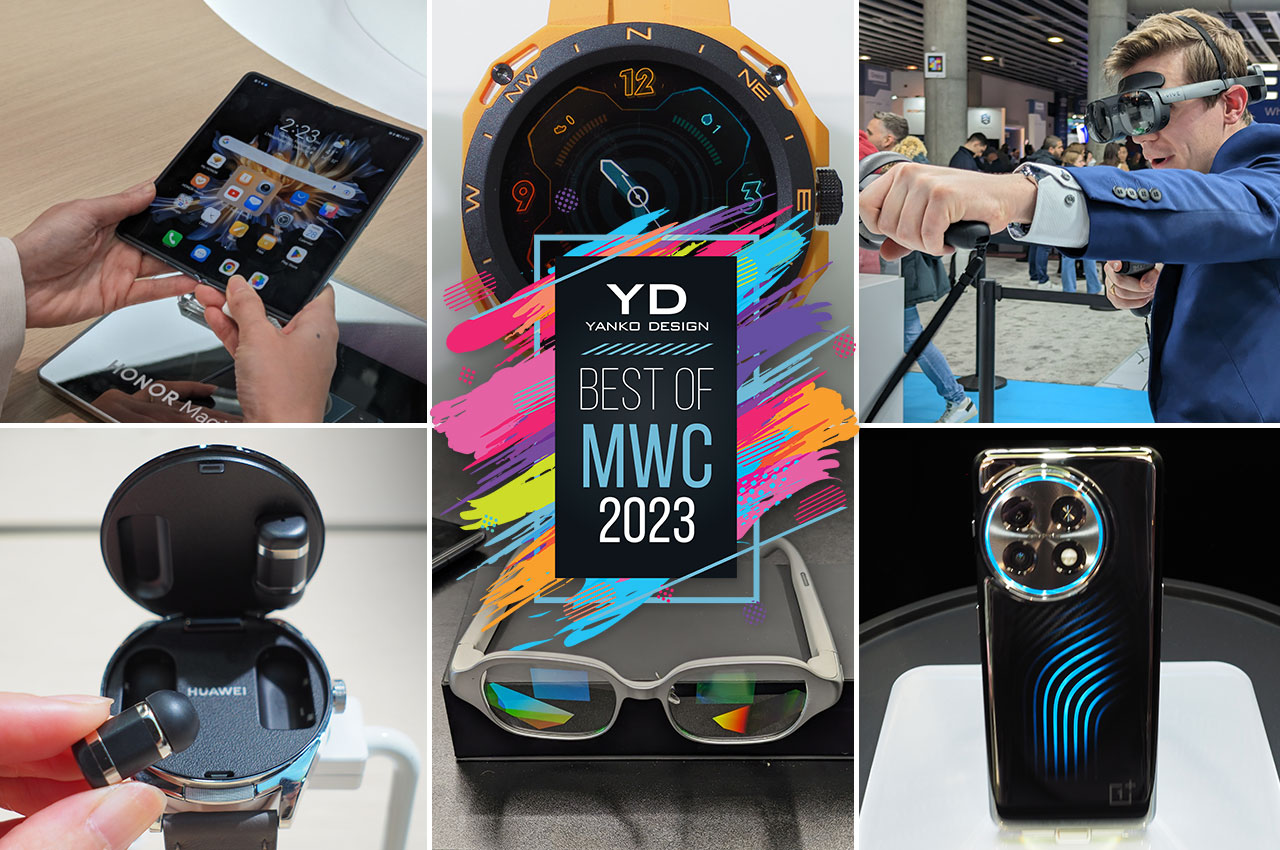
Mobile devices have long been a part of our modern lives, from the smartphones that are always in our hands to the smartwatches on our wrists to even the laptops that have become our reliable mobile work partners. Despite almost two decades since the iPhone paved the way for modern smartphones, these devices have mostly been seen as geeky products that are more obsessed with specs and features rather than the humans using them. Trends, however, have started to change, and the players in this industry have started paying closer attention to the value of design, almost to the point of making it the next buzzword. MWC 2023 is unsurprisingly filled with the latest mobile innovations and thought experiments, but it is also showcasing the growing design awareness among brands. This year, we’ve taken a tour of what’s up for show in Barcelona to bring you Yanko Design’s top picks for the Best Product Designs at MWC 2023.
ABLE Human Motion
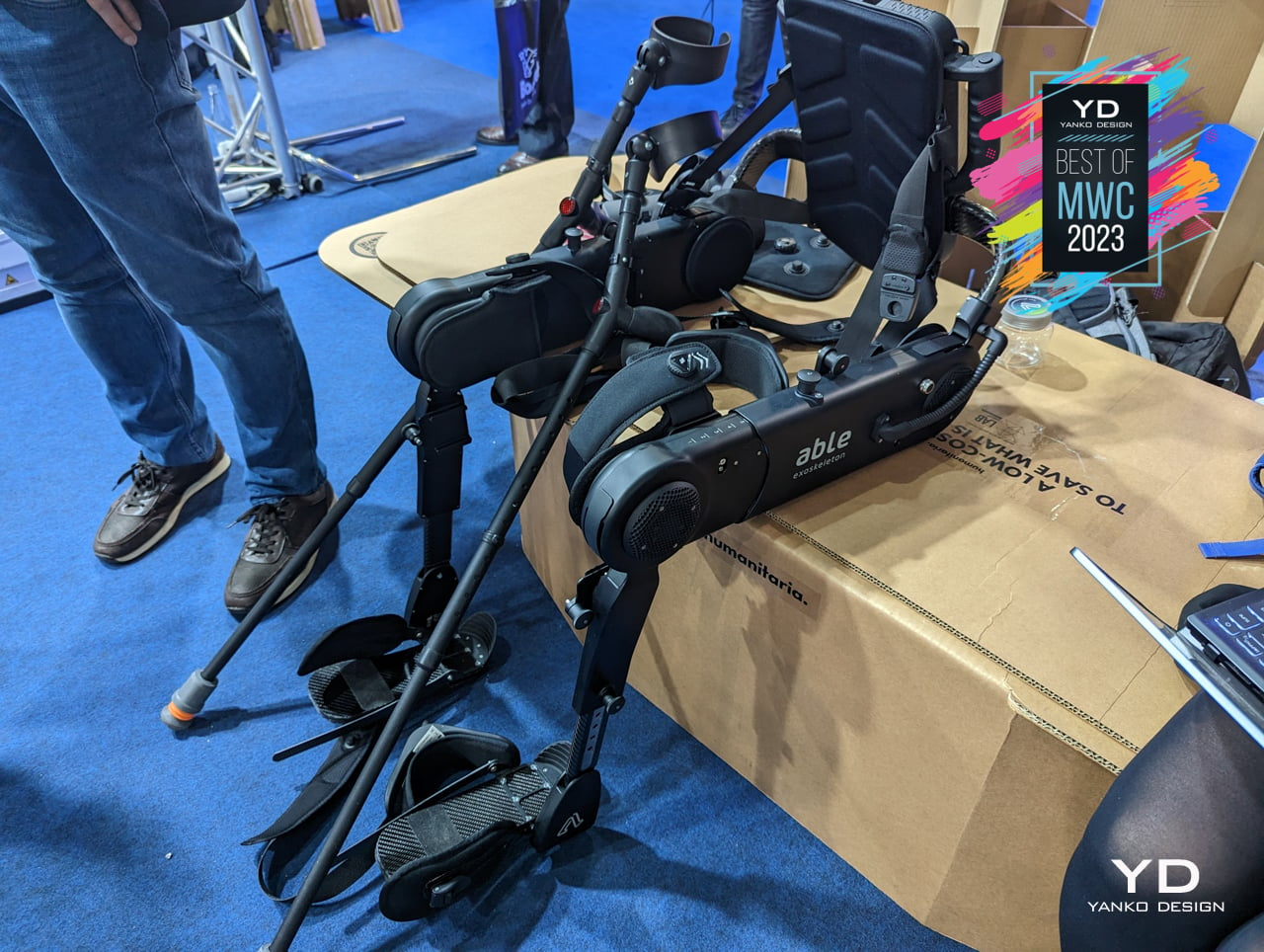
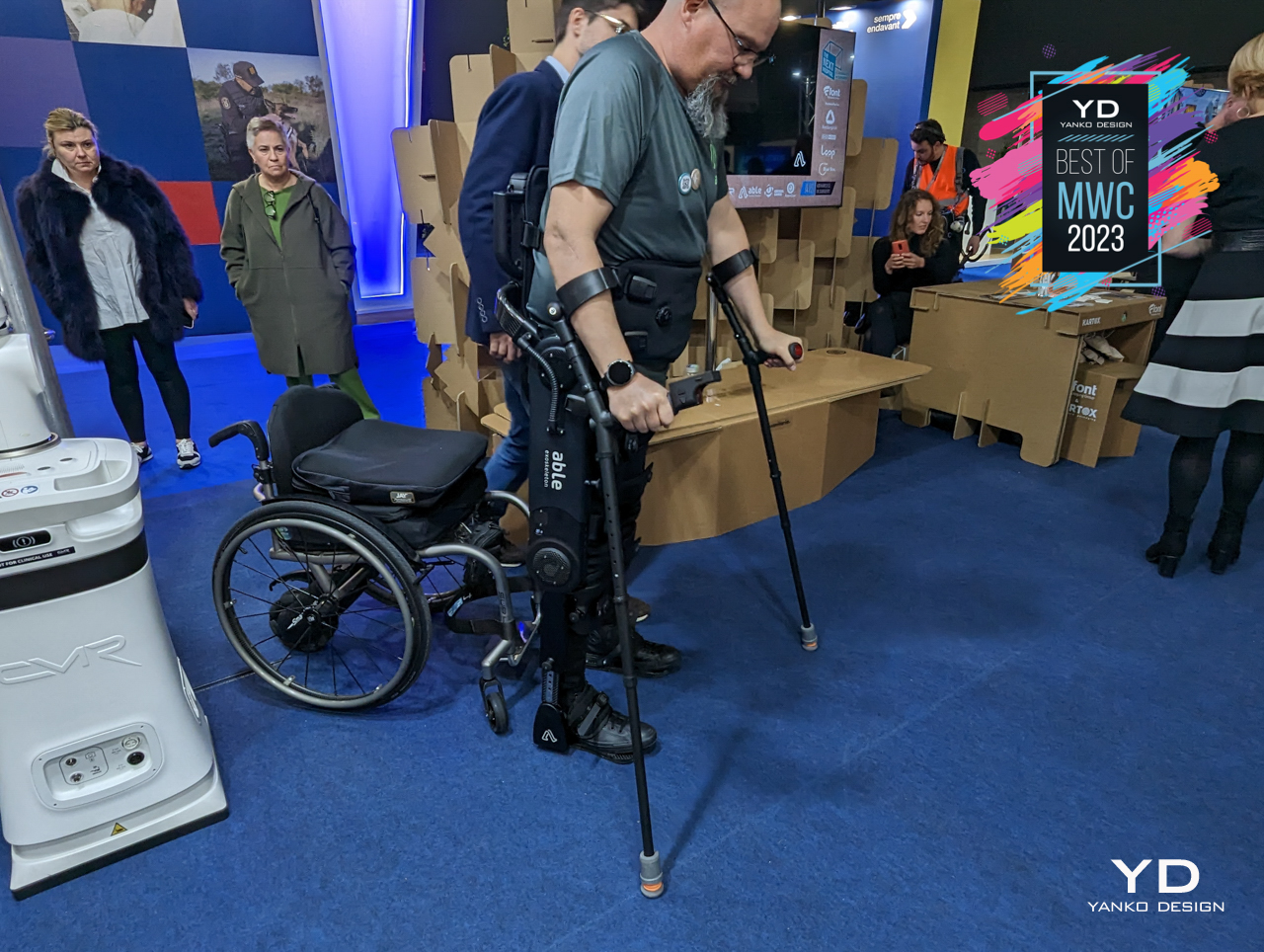
We easily take our physical capabilities for granted until we suddenly see ourselves deprived of some of them. Some people, however, are not so lucky and might be born with some disability or encounter a tragic accident sometime in their lives. With today’s technologies, they shouldn’t have to be forever confined to a wheelchair or worse, and thankfully there are now many companies utilizing modern tools and techniques to improve the lives of people with disabilities.
Designer: ABLE Human Motion

ABLE Human Motion, for example, is dedicated to helping people with walking disabilities enjoy life to the fullest. We’ve seen exoskeletons designed to give well-bodied people more strength to lift or move stuff, but ABLE Human Motion’s exoskeletons are instead made to give people back what they might have lost. Best of all, you won’t feel embarrassed wearing something sleek and well-designed, especially if it makes you look like some armored superhero in the process.
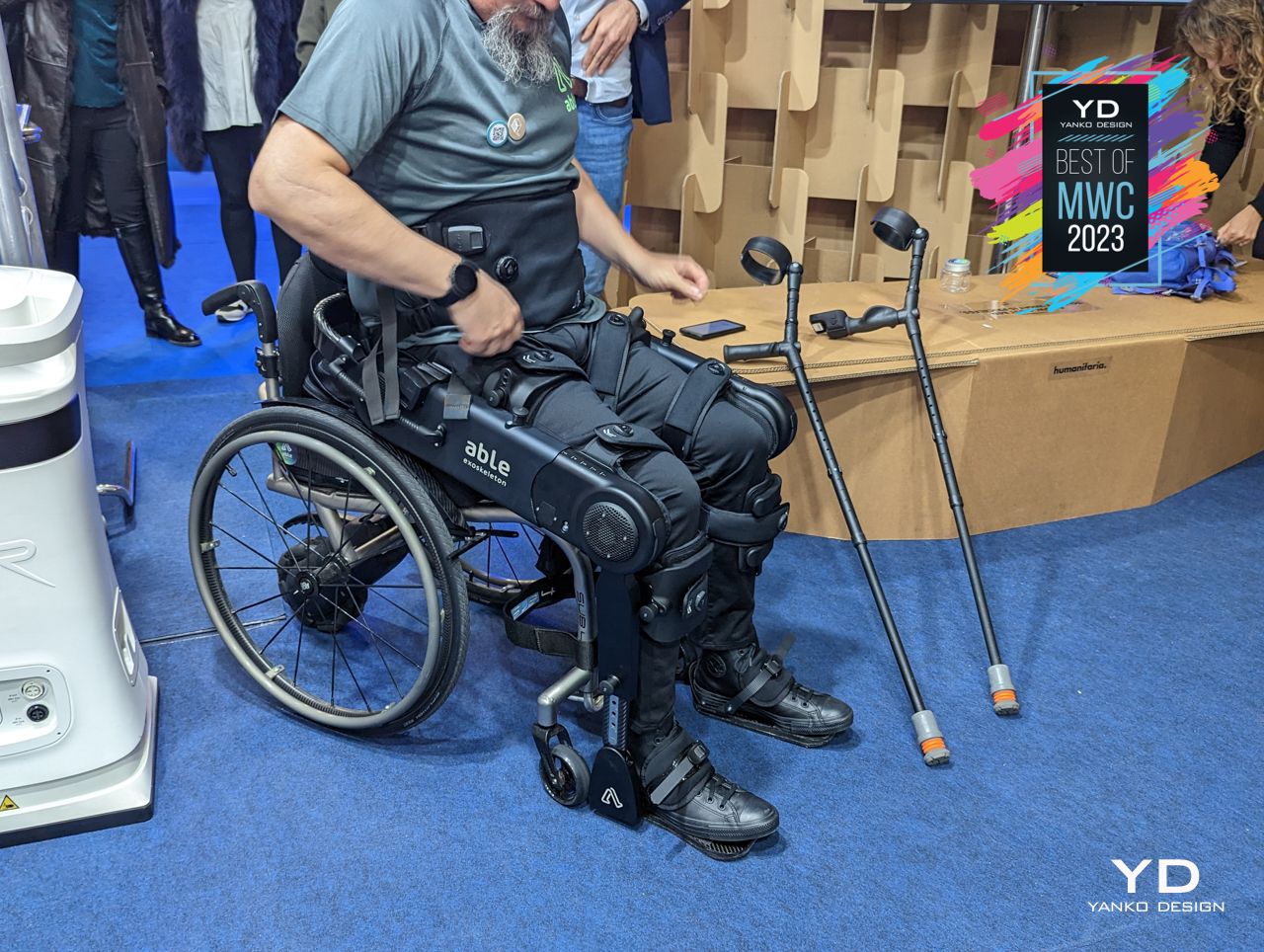


Honor Magic Vs
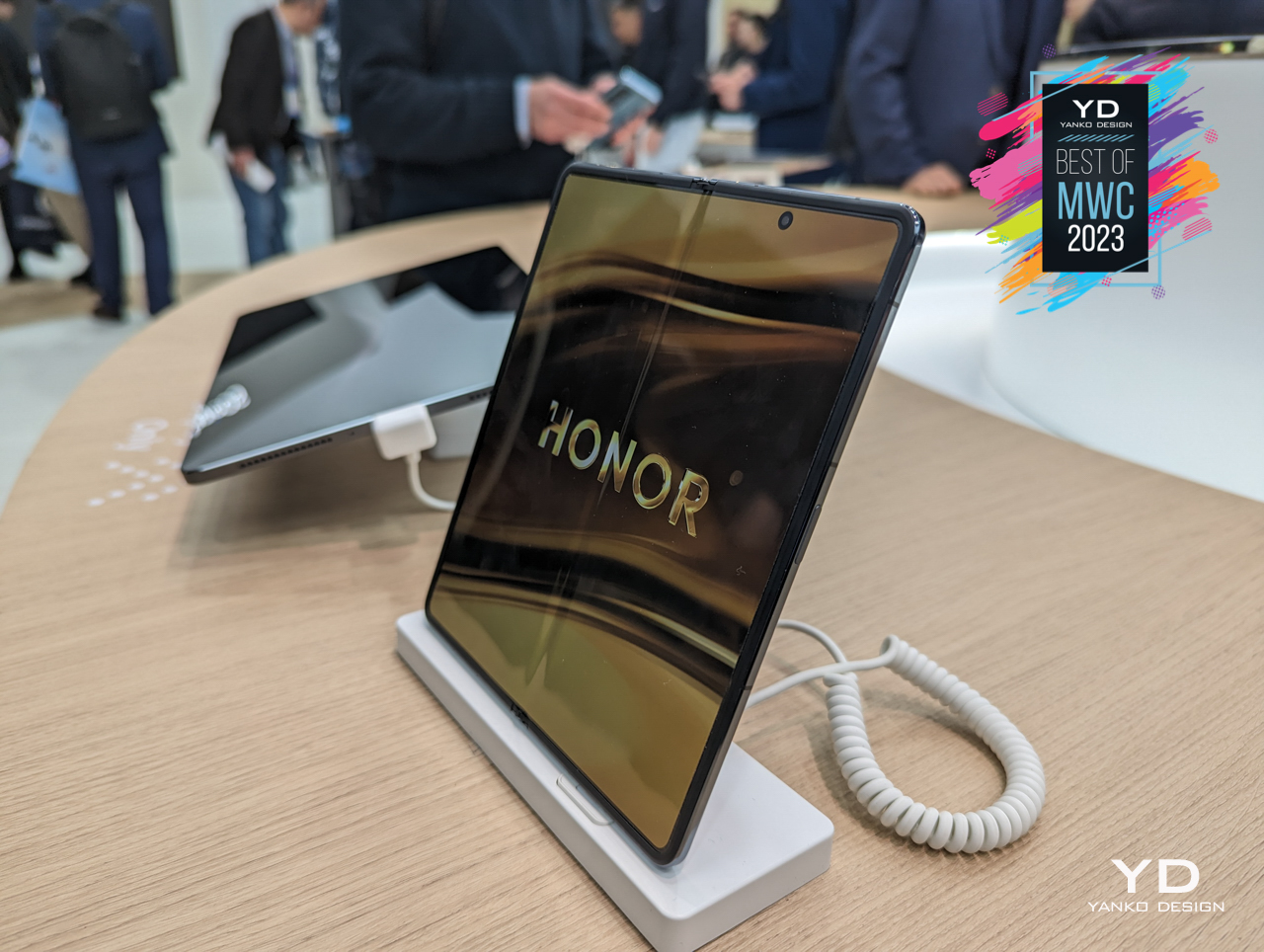
It might still baffle people as much as awe them, but foldables are slowly but surely becoming more common in the market. Samsung still remains the most familiar brand in that niche market but was never the only one. Due to some rather colorful circumstances, however, Huawei’s foldable phones barely made it outside of China. Fortunately, its former subsidiary is helping bring its legacy to the global market, and it’s posing a challenge to Samsung’s dominance.
Designer: Honor
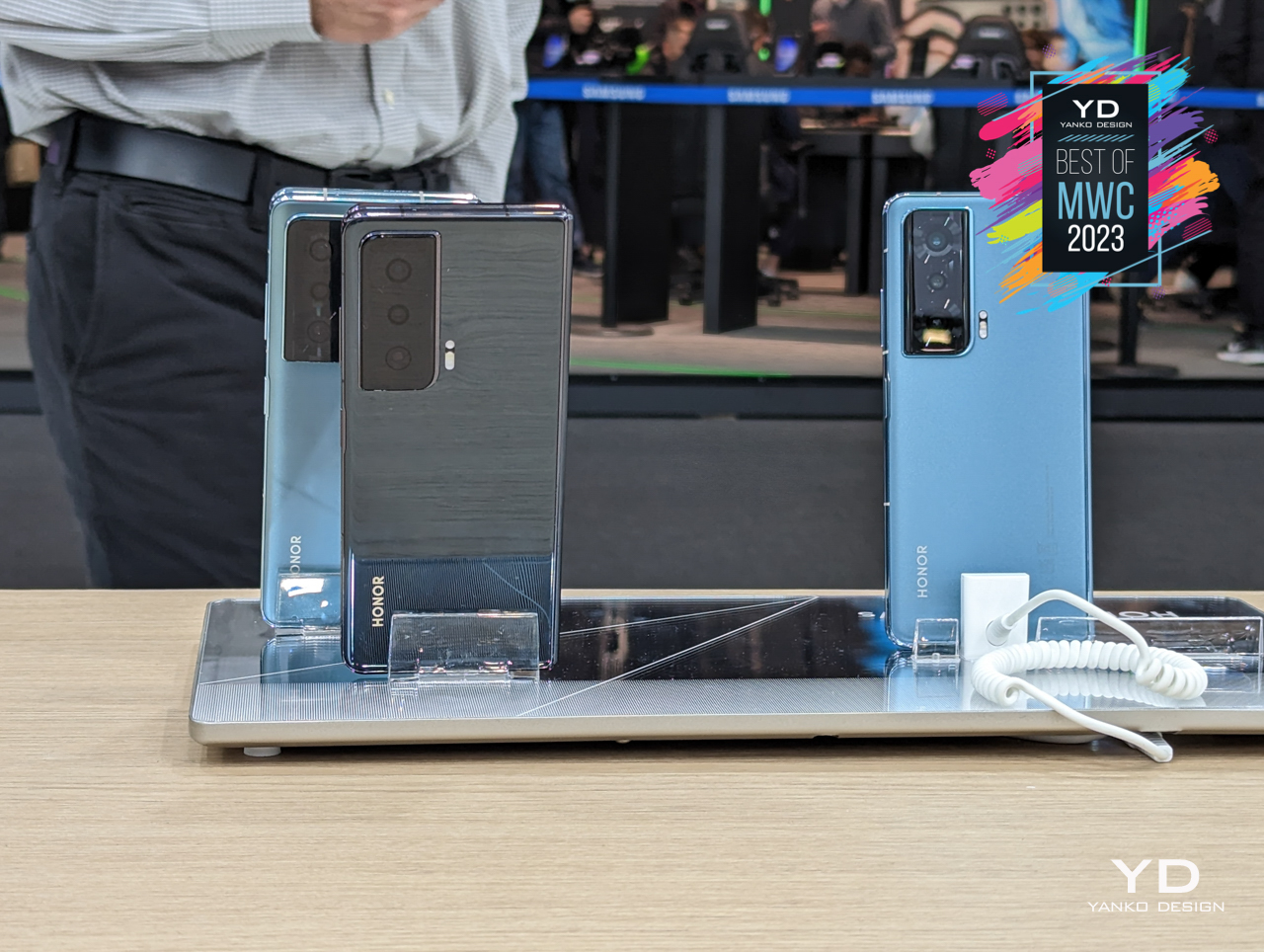
The Honor Magic Vs, an updated version of the brand’s first foldable, carries a mix of specs and features that definitely stir things up a bit. Unlike the Galaxy Z Fold, there is no gap when the phone is folded shut, a trait that is becoming more common among non-Samsung foldables. Its external display is interestingly curved at one edge only, making it visually distinct from other horizontal foldables. It isn’t perfect, of course, but another player in the market creates variety and good competition that will only help foldables grow.
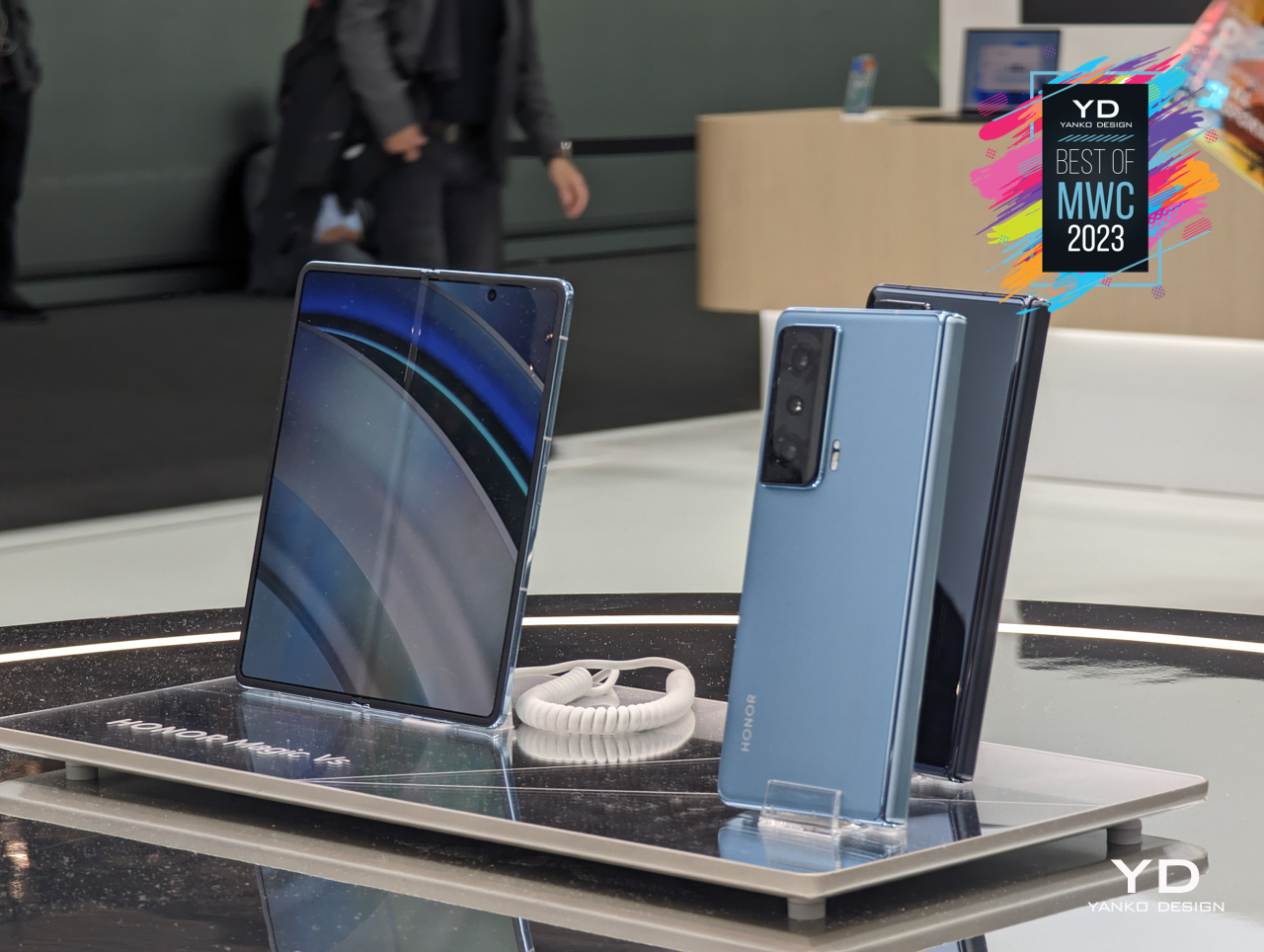

HTC Vive XR Elite
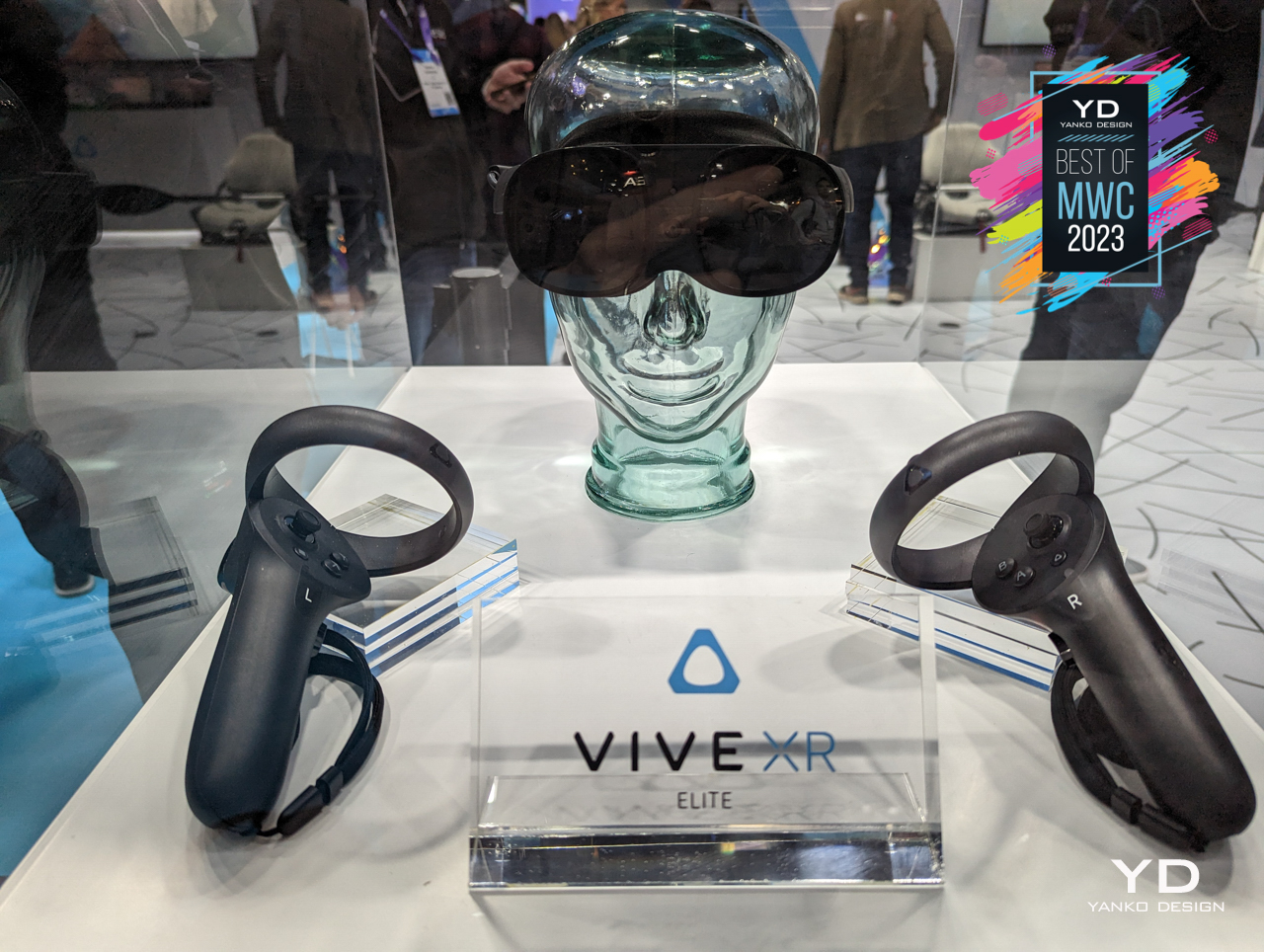
Meta seems to be playing with fire when it comes to its metaverse vision and even its Quest line of VR hardware. It might have the luxury of playing around, but HTC is all-in on the extended reality or XR industry, whatever buzzword you might call it. On the heels of the Meta Quest Pro, HTC unveiled its own standalone Vive XR Elite headset, offering a design that seems to take us closer to that ideal minimalist eyewear painted by science fiction and Hollywood.
Designer: HTC Vive
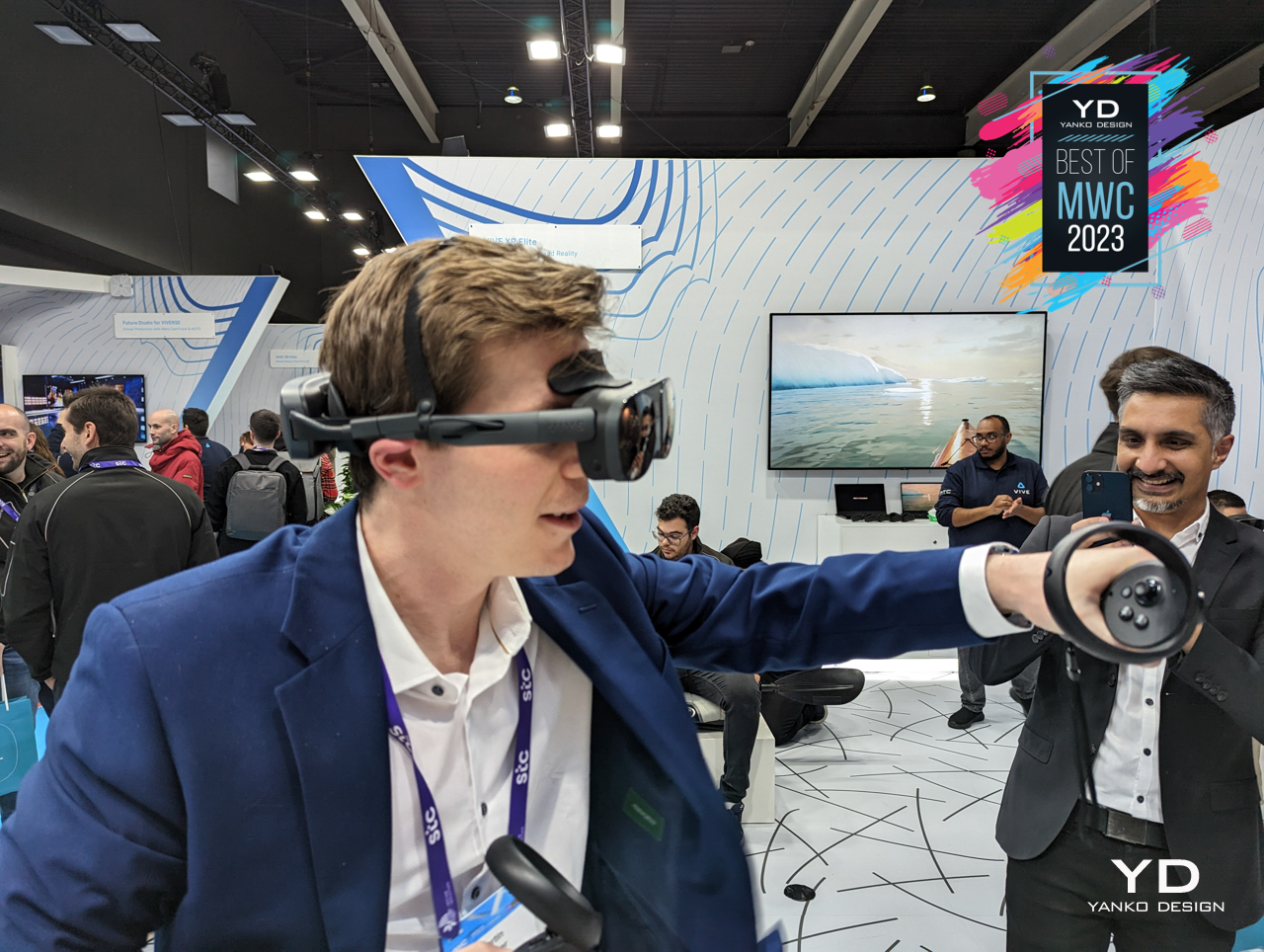
As the product’s name suggests, the HTC Vive XR Elite takes the headset beyond just virtual reality, sprinkling a bit of augmented reality into the mix. Its more impressive feat, however, is being able to cram even better hardware inside a more compact design that makes you feel like you’re wearing large glasses rather than ski goggles. It’s still far ways off from sleek Tony Stark shades, but it represents a significant step forward in a market that has seemingly stagnated of late.
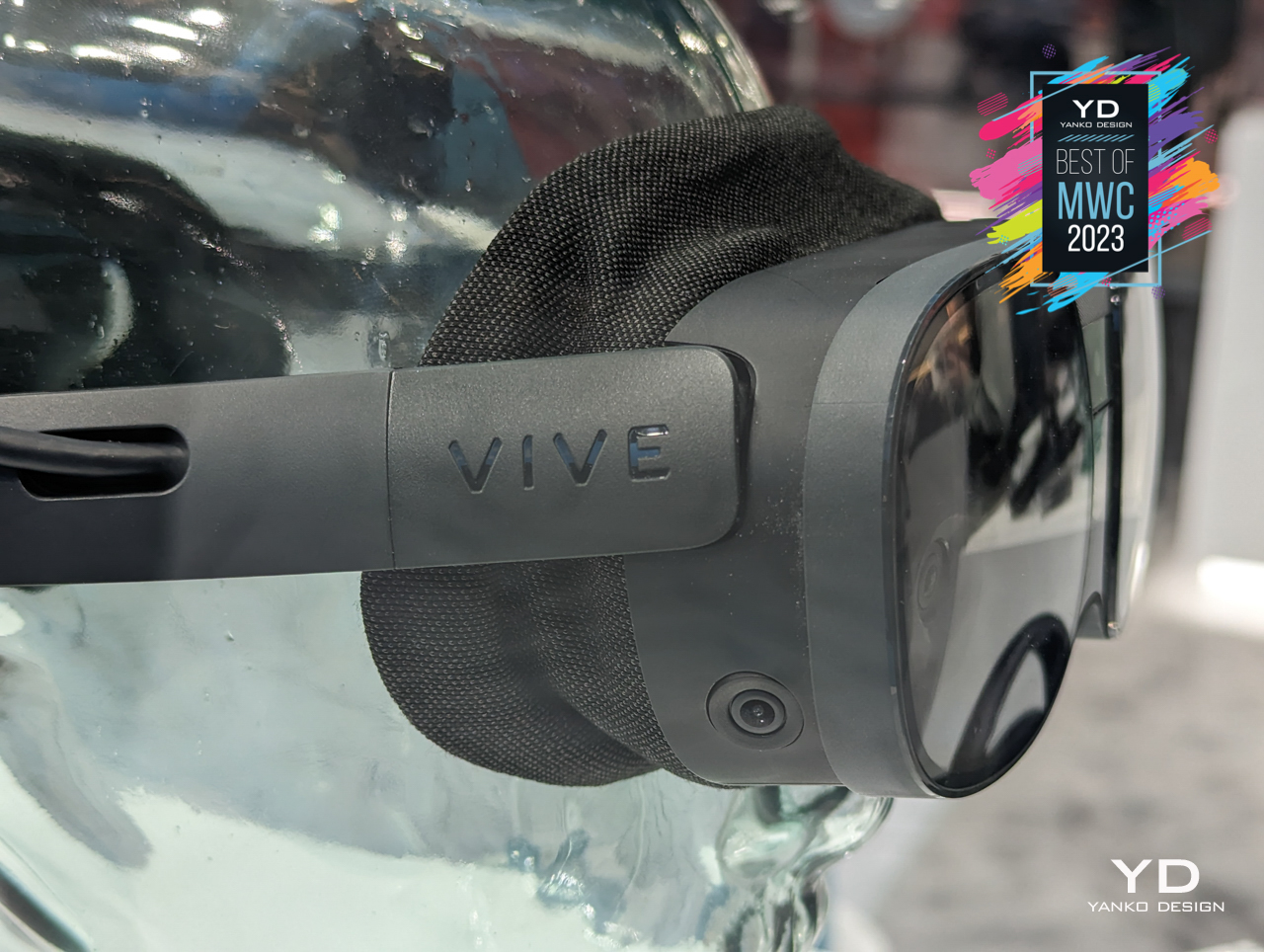
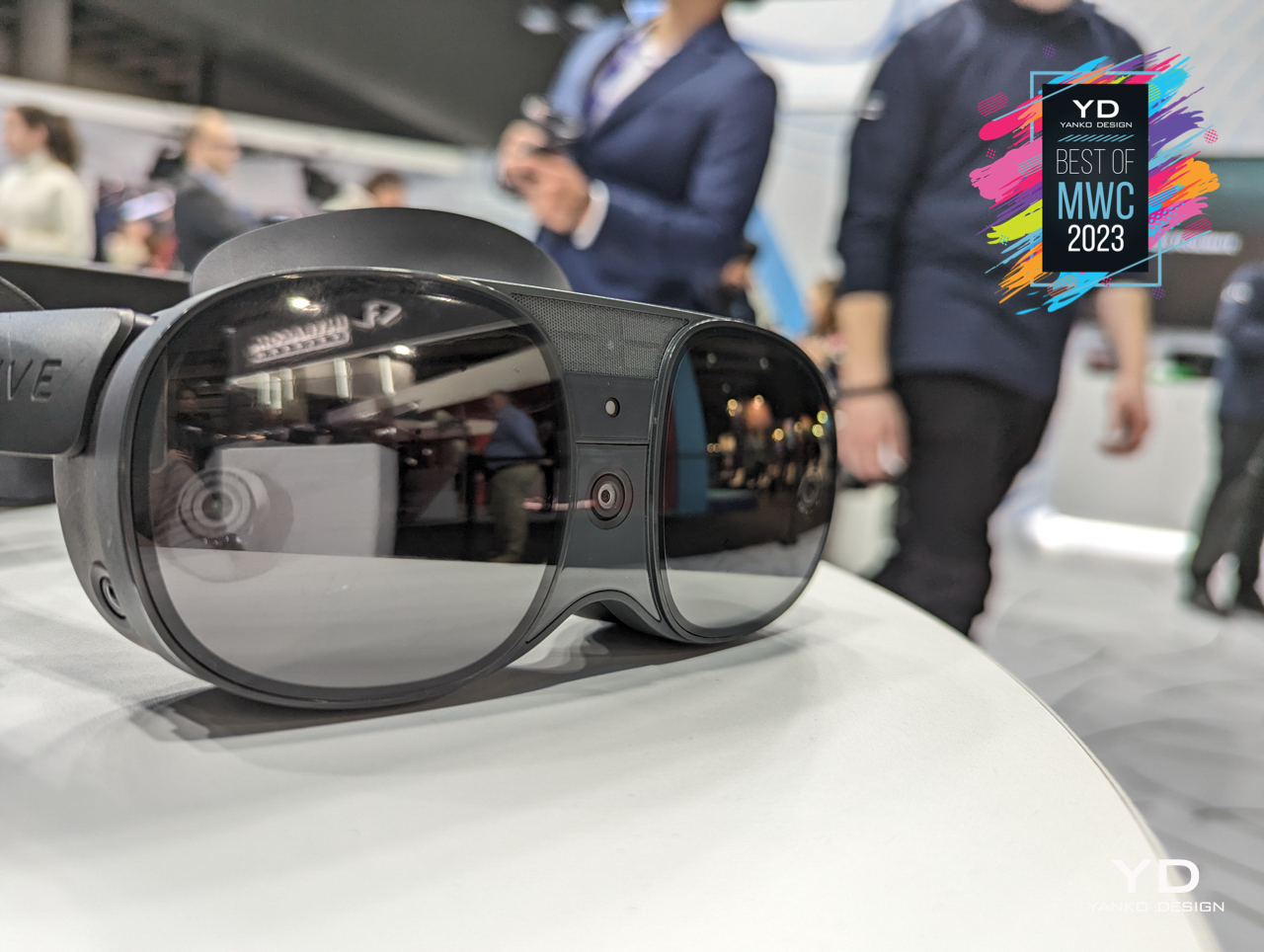
Huawei Watch Buds
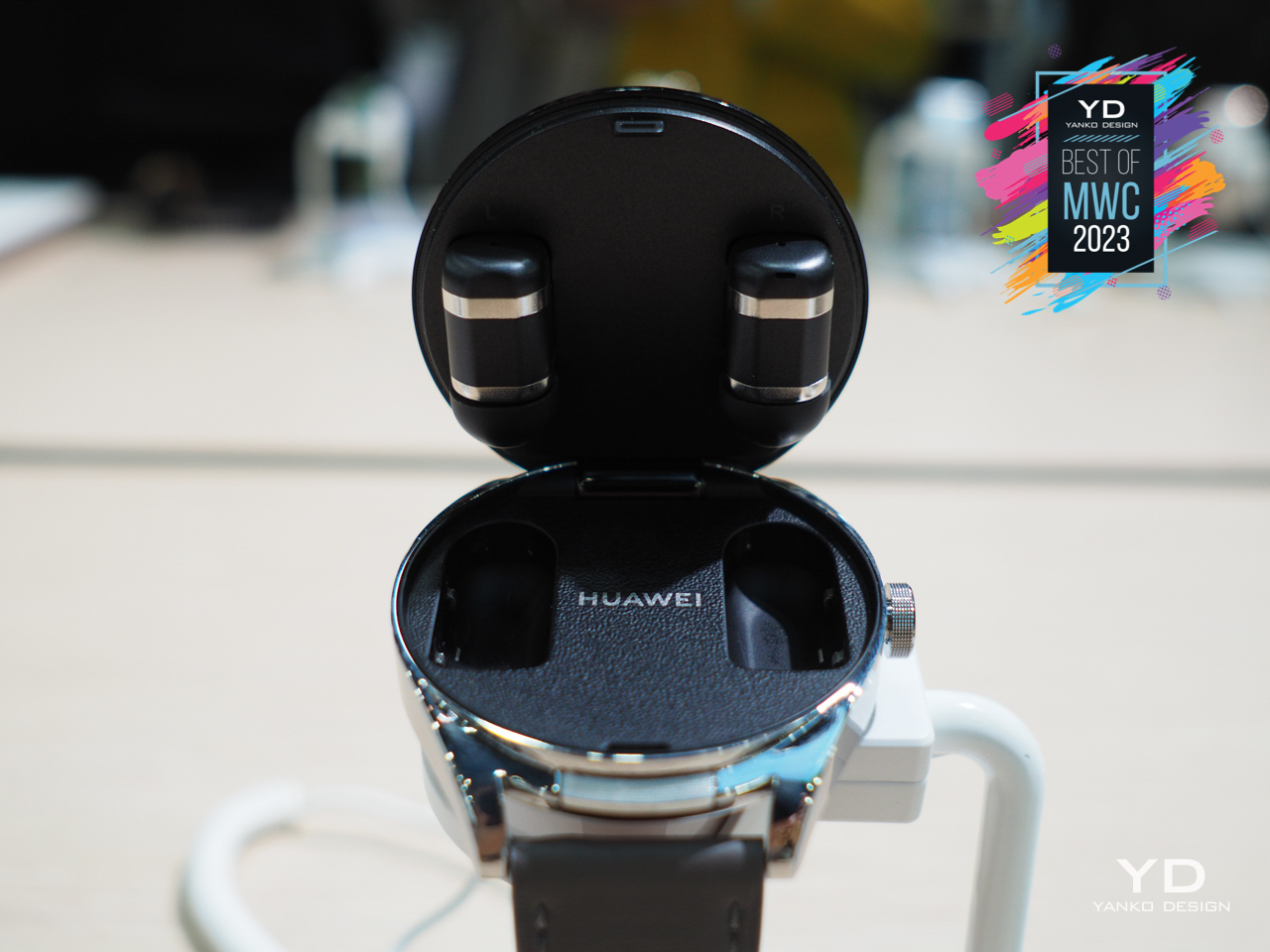
The popularity of wireless earbuds only confirmed what we had known all along, that most humans have become terrible at remembering even the simplest things. Now people are likely to lose one of two buds, forget the charging case at home, or forget to charge the buds before going out. These accessories aren’t smart enough yet to remind you of all those things, so one stopgap measure it make sure they’re always with you all the time, always charged, and ready to go when you need them.[/caption]
Designer: Huawei

The new Nokia 5710 XpressAudio solves that by turning the phone into the buds’ charging case, but obviously, that can’t happen with our very thin smartphones. Huawei’s solution is to put the buds inside a smartwatch instead, creating a locket-like cover that reveals teeny earbuds charging inside. Sure, the design makes plenty of compromises, and it looks almost comical to a certain degree. It’s hard to deny, however, that the novelty certainly has appeal, especially if you’re the type to fancy yourself as a secret agent with spy tools hidden inside their timepiece.
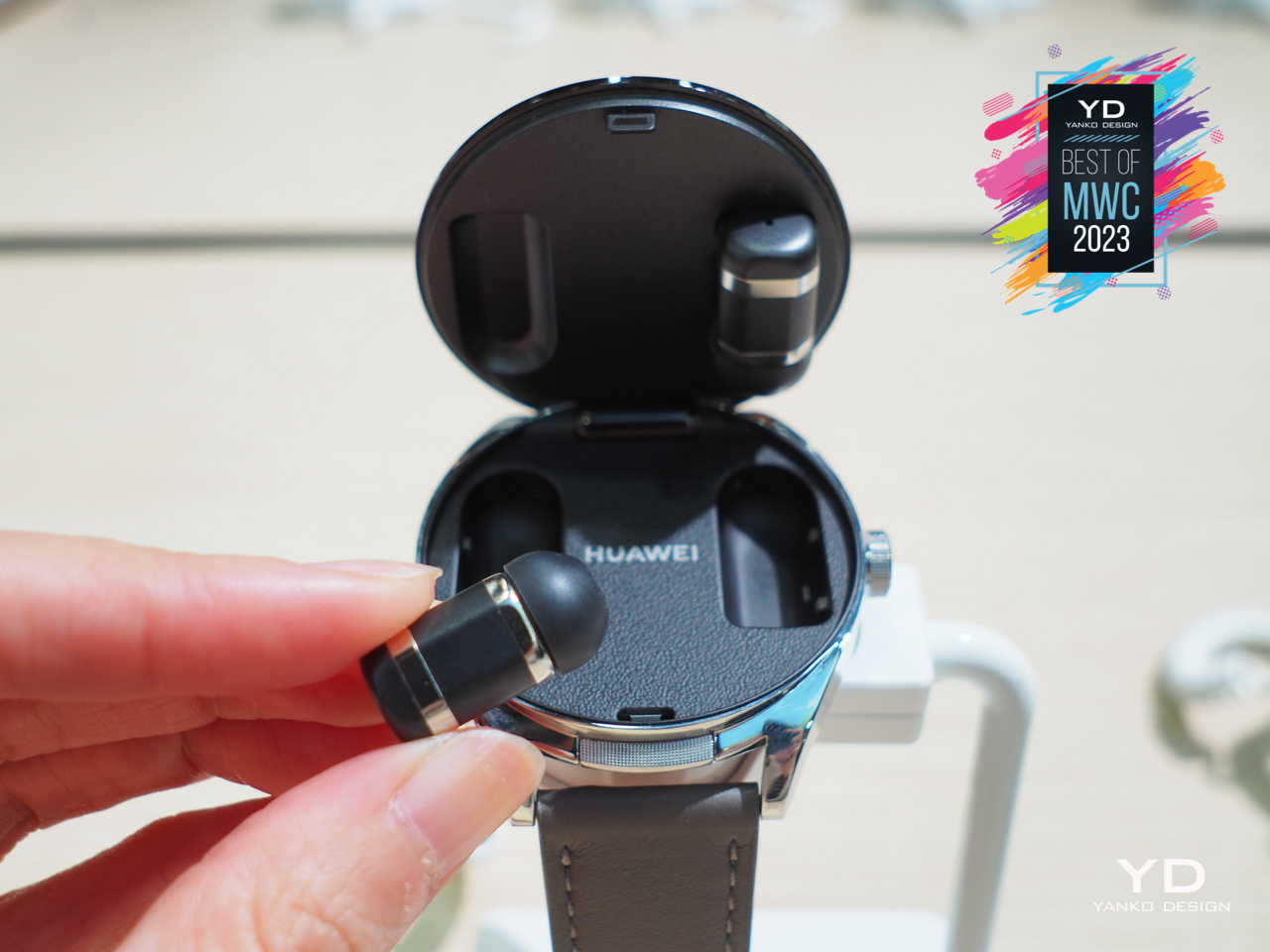
Huawei Watch GT Cyber
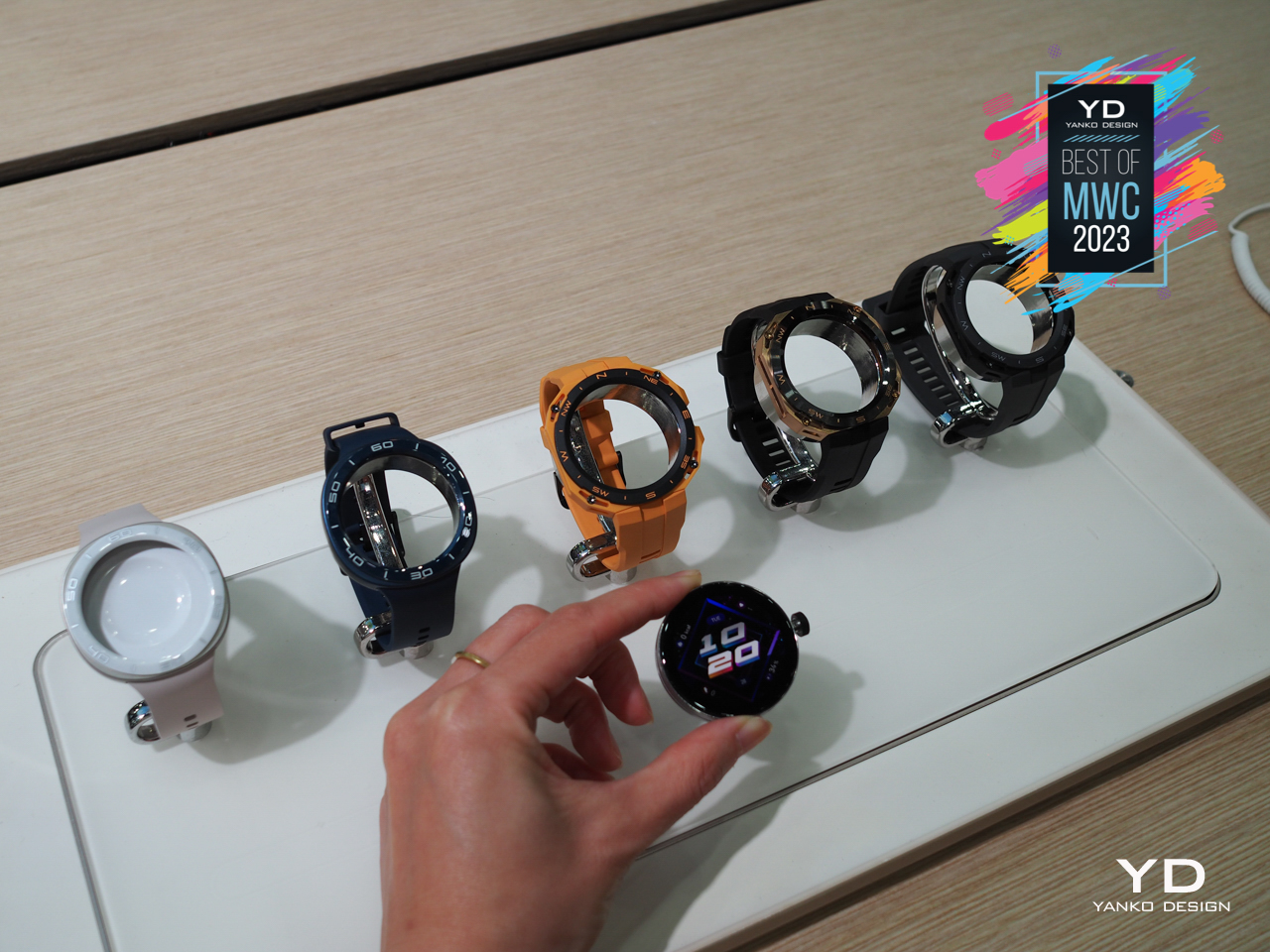
Although many decry how smartwatches present fake luxury, there are definitely benefits in having the ability to change a watch face to fit your style or even your changing mood. That’s only true for the display, though, since you’re practically stuck with whatever watch body you purchased. At most, you can swap out straps for other colors or materials, but the chassis for the watch itself remains unchanged.
Designer: Huawei

The Huawei Watch GT Cyber tries to change the status quo by letting you swap out cases as well. Granted, the available cases all look more like stylish tanks, but the idea itself is probably something worth exploring. It does require a healthy ecosystem of case makers to meet the varied tastes of consumers; otherwise, it remains a design experiment with no future in sight.
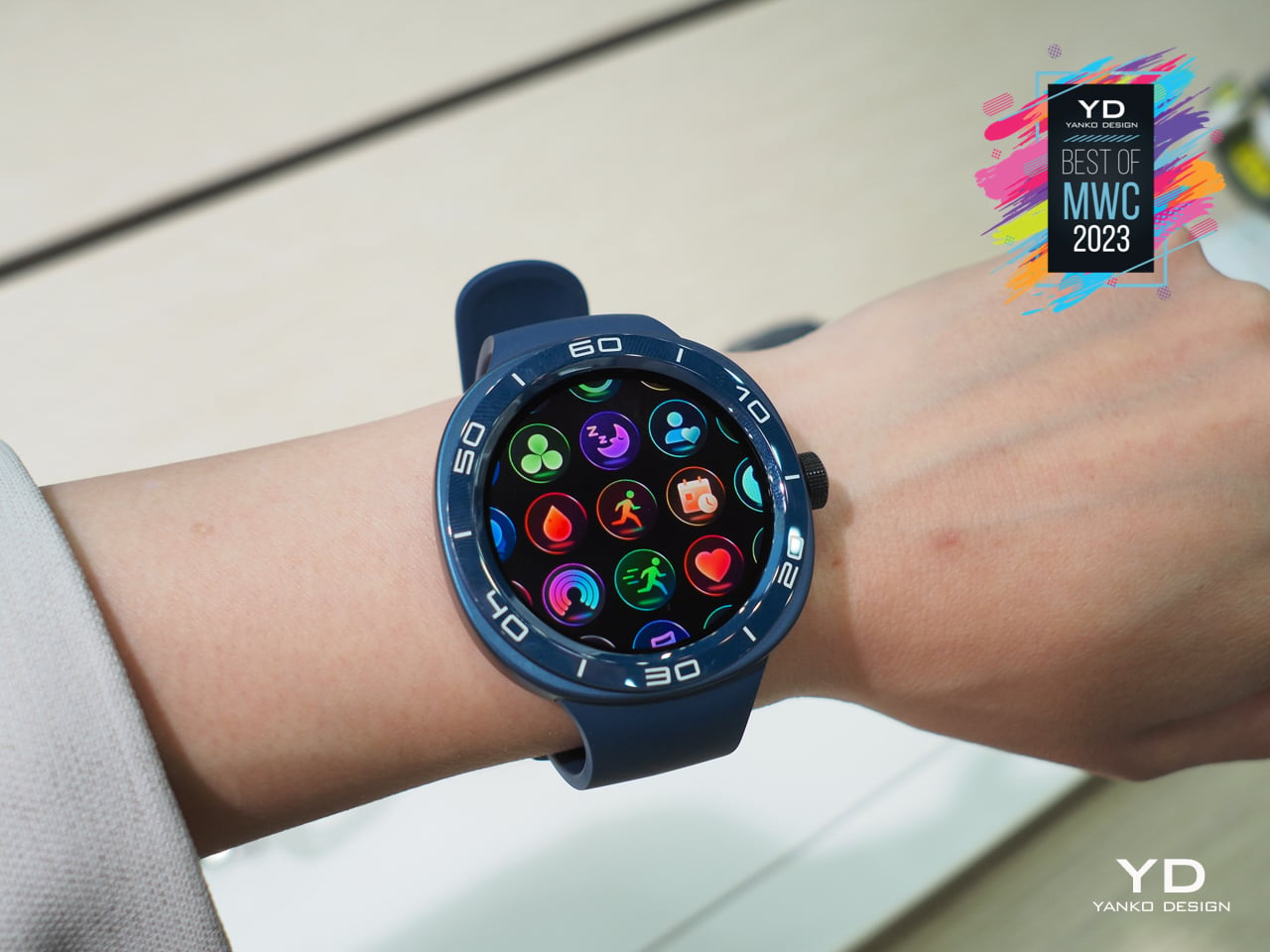

Lenovo ThinkPad Z13 Gen 2 (woven Flax Cover)

Unless you’re going for a gaming heavyweight, chances are you’d want a laptop that’s sleek and stylish, almost like a luxury item you’d want everyone to drool over while you work in public. Plenty of laptops do fit that bill with their brushed metal or shiny covers, but nothing grabs the attention better than something that’s not common fare as far as laptops go. That “wow” factor is definitely what the new ThinkPad Z13 Gen 2 is going for, particularly with its brown, fabric-like cover that’s sure to turn eyes and heads around you.
Designer: Lenovo

This material, however, isn’t just eye-catching. Made from 100% agricultural product harvested from Flax plant fibers, this woven Flax material increases the new laptop’s sustainability prospect while also making it stand out with its unique elegance. This material is bonded to the top cover, which itself is made from 75% recycled aluminum. Thankfully, the ThinkPad Z13 Gen 2 isn’t just a pretty face, either, and it possesses the best that Lenovo has to offer for businesses and consumers alike.
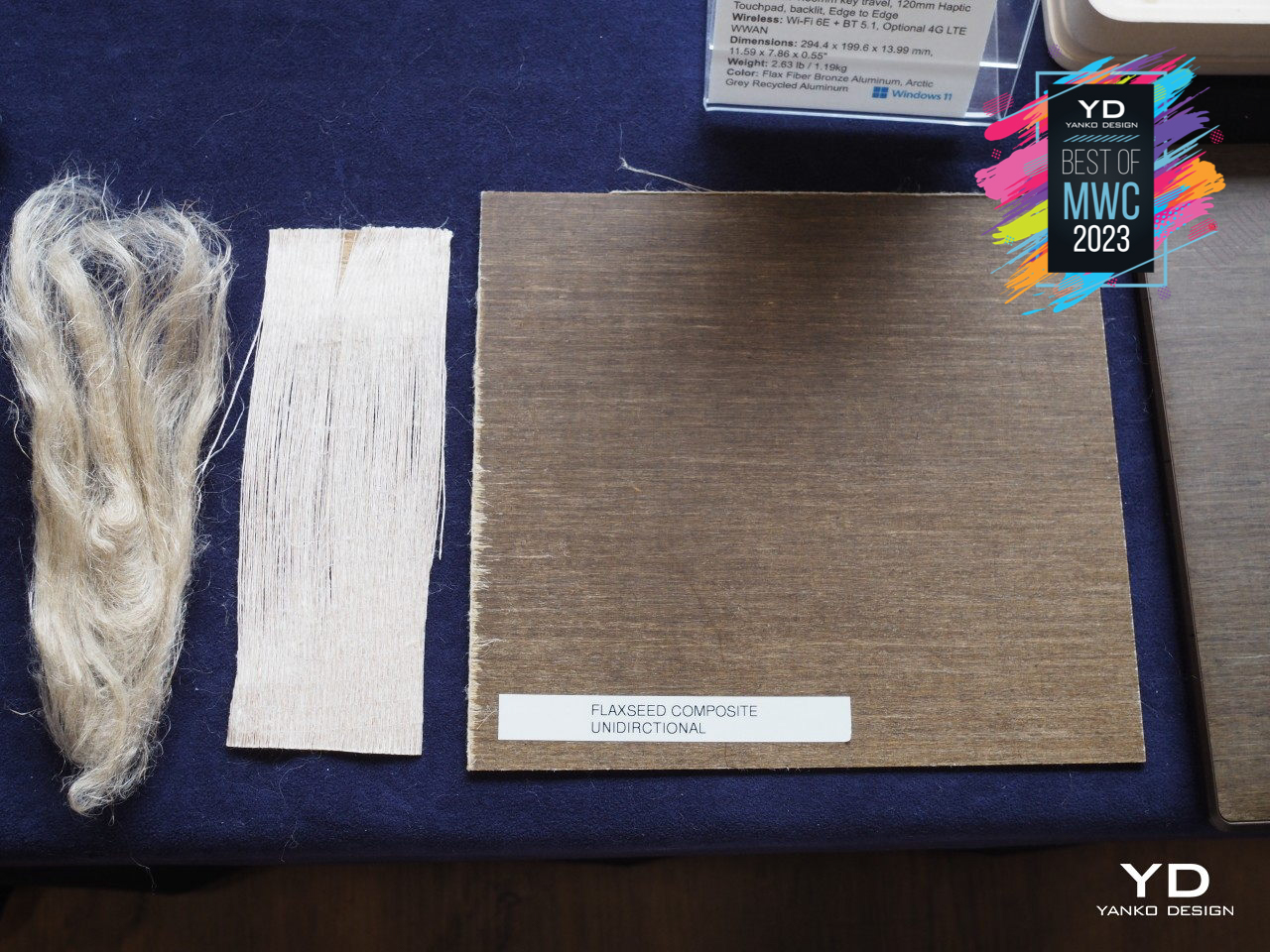

ThinkPhone by Motorola

Motorola is one of the oldest names in the mobile phone market, predating even the smartphones that now rule the land, but now it is also under the ownership of yet another giant that has the lion’s share of the PC market. Given its history and pedigree, it was really only a matter of time before these two worlds collided in a very particular way, so the arrival of a ThinkPad-branded Motorola phone was both surprising but also long overdue.
Designer: Lenovo

Unlike a typical smartphone, even those made by Motorola, the ThinkPhone wants to make its association with the popular laptop brand obvious. From the iconic branding to the diagonal patterns running across its back, this phone wants to stand out visually among the rest of the crowd as something meant for serious business. It also has plenty of integration features with Lenovo’s ThinkPads, so its intention to be a mobile partner to those laptops is also unambiguous and clear.
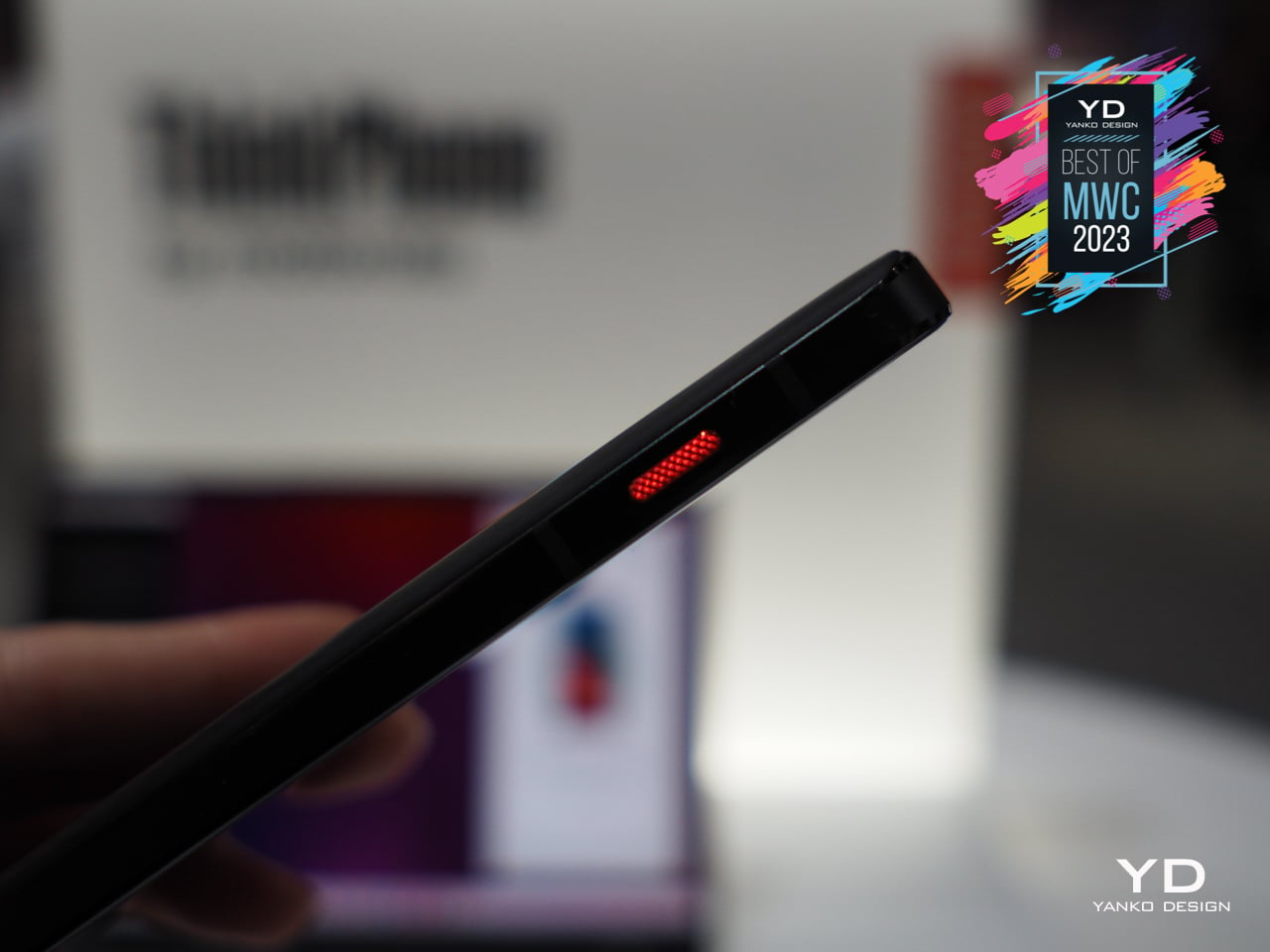

Nokia G22
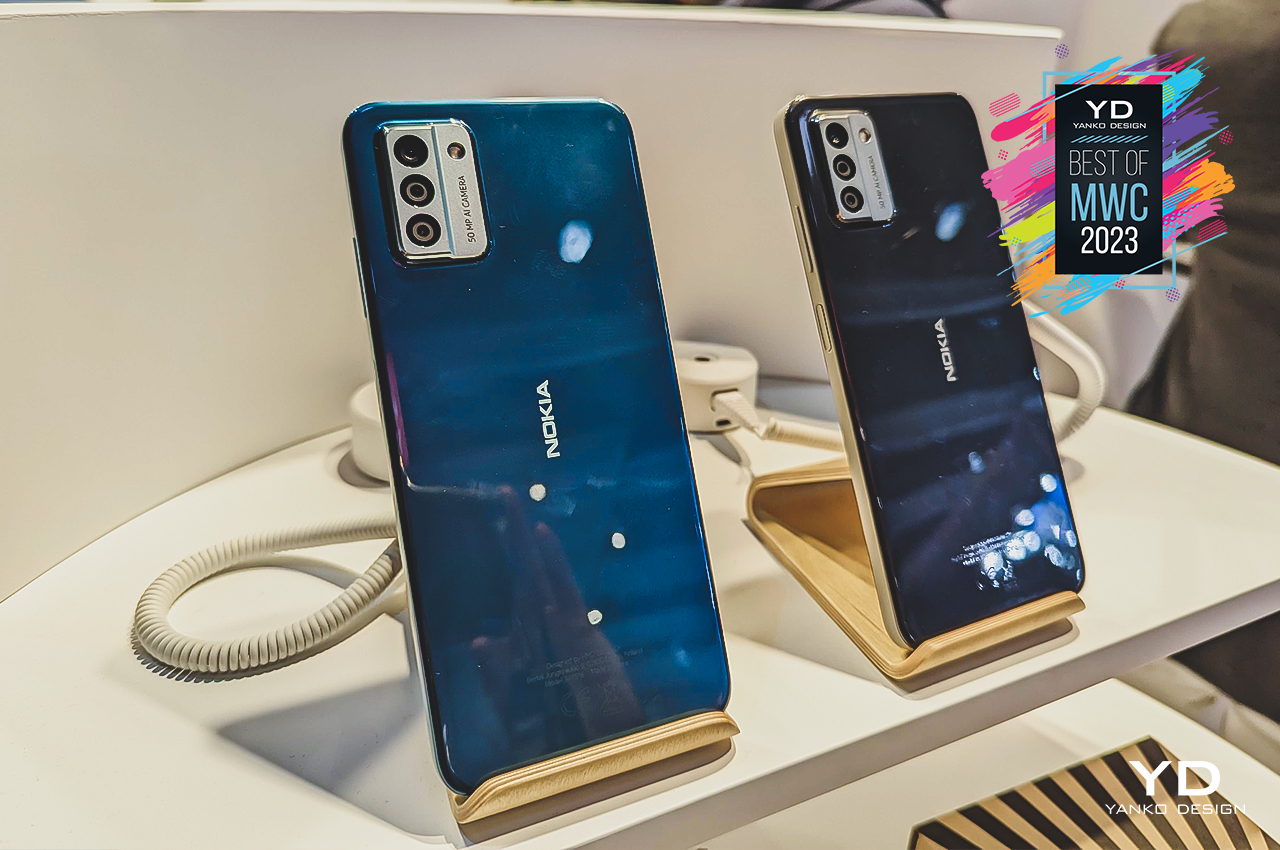
Today’s smartphones are beautiful and powerful pieces of technology, but all that becomes pointless when the battery dies out, or the screen gets cracked beyond use. Repairing phones is expensive and difficult, but it doesn’t exactly have to be that way; just that the current mobile industry has been set up that way. There are few champions of longer-lasting and easier-to-repair phones, and HMD Global just joined that club with the new Nokia G22.
Designer: HMD Global
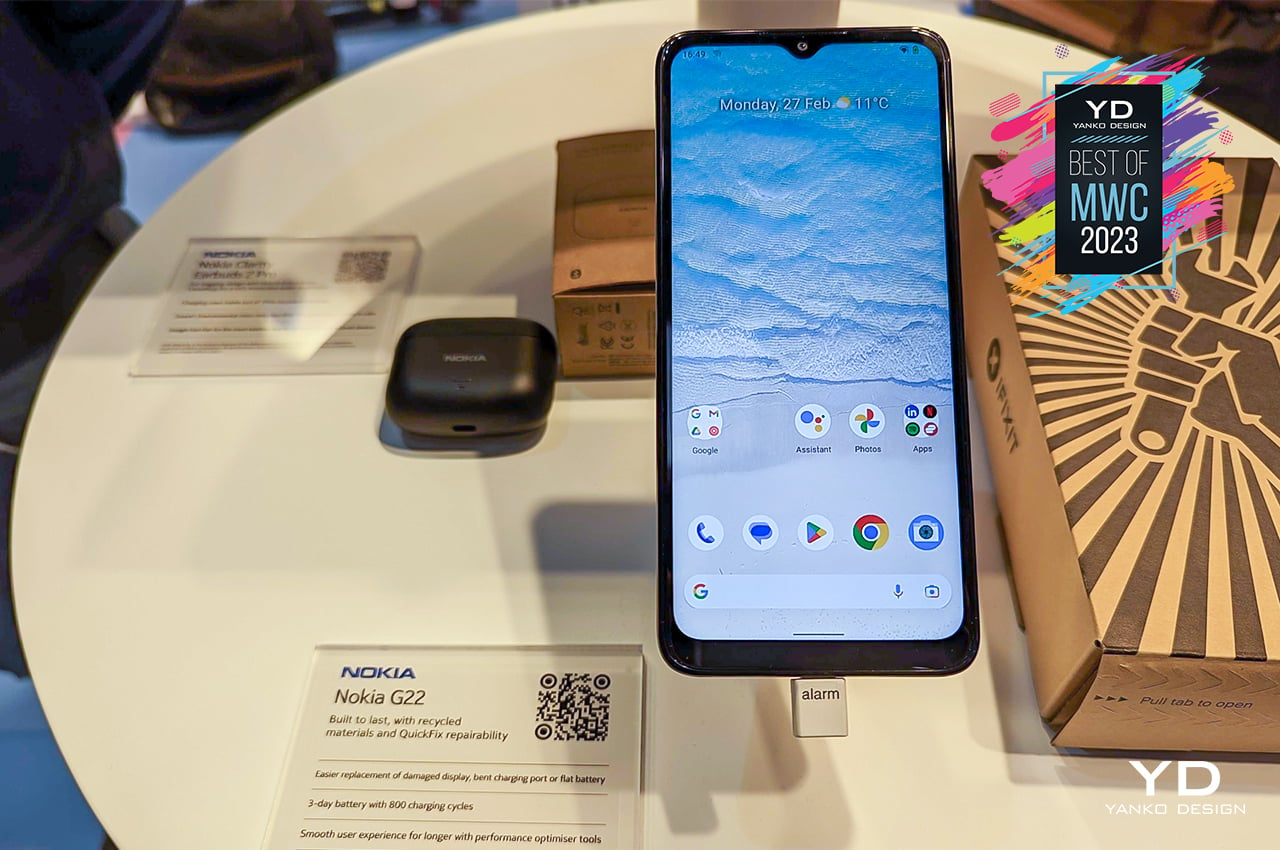
Unlike the excruciatingly tedious and nerve-racking processes you’d see in teardown videos, it only takes a guitar pick and a screwdriver to open up this phone. Five minutes is all you need to pull out the battery and 20 minutes to replace a broken screen. It’s not exactly a trivial process, at least not yet, but it’s exponentially better than what we have as “standard” today. Hopefully, this trend will catch on so that we can have beautiful phones that last for years, no matter how many times you accidentally drop them.
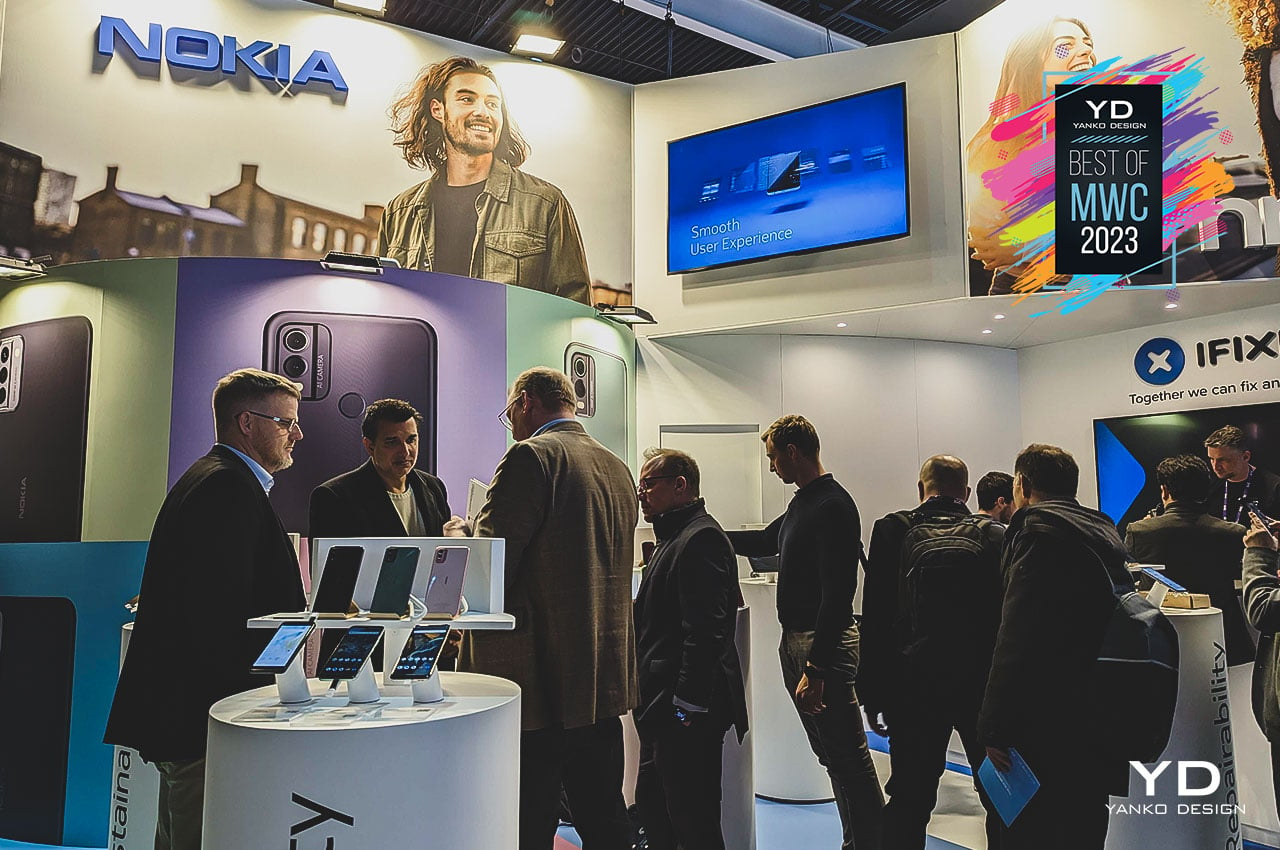

Nothing Phone (1)
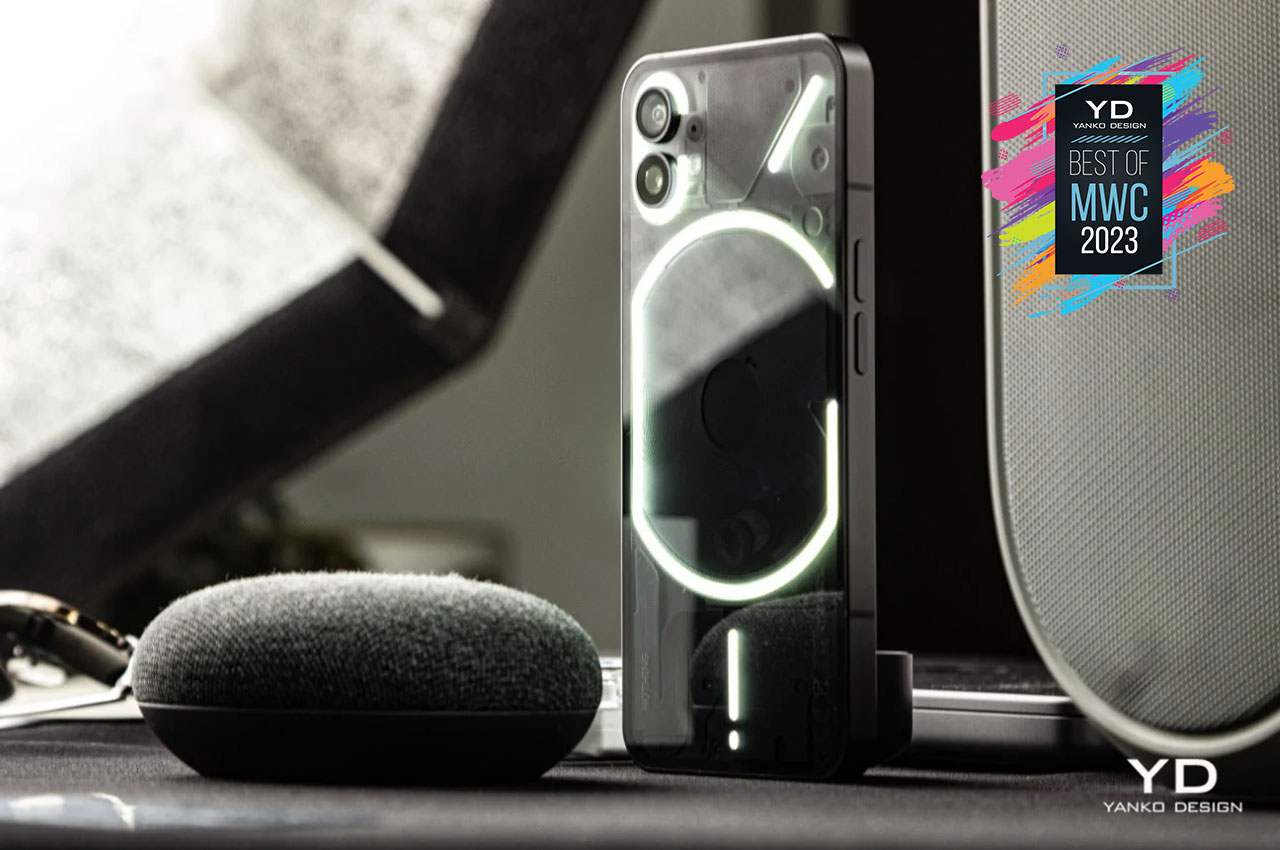
The phone (1) gets an honorary mention here for doing what no other phone company has managed to do with their debut product… make a big, industry-wide splash. While industry giants merely dismissed the Nothing phone (1)’s Glyph Interface as just a gimmick, it was surprising to see companies like OnePlus, Realme, and Unihertz copying the lighting feature on their own phones, announced at MWC this week. Major win for Nothing and its founder, Carl.
Designer: Nothing

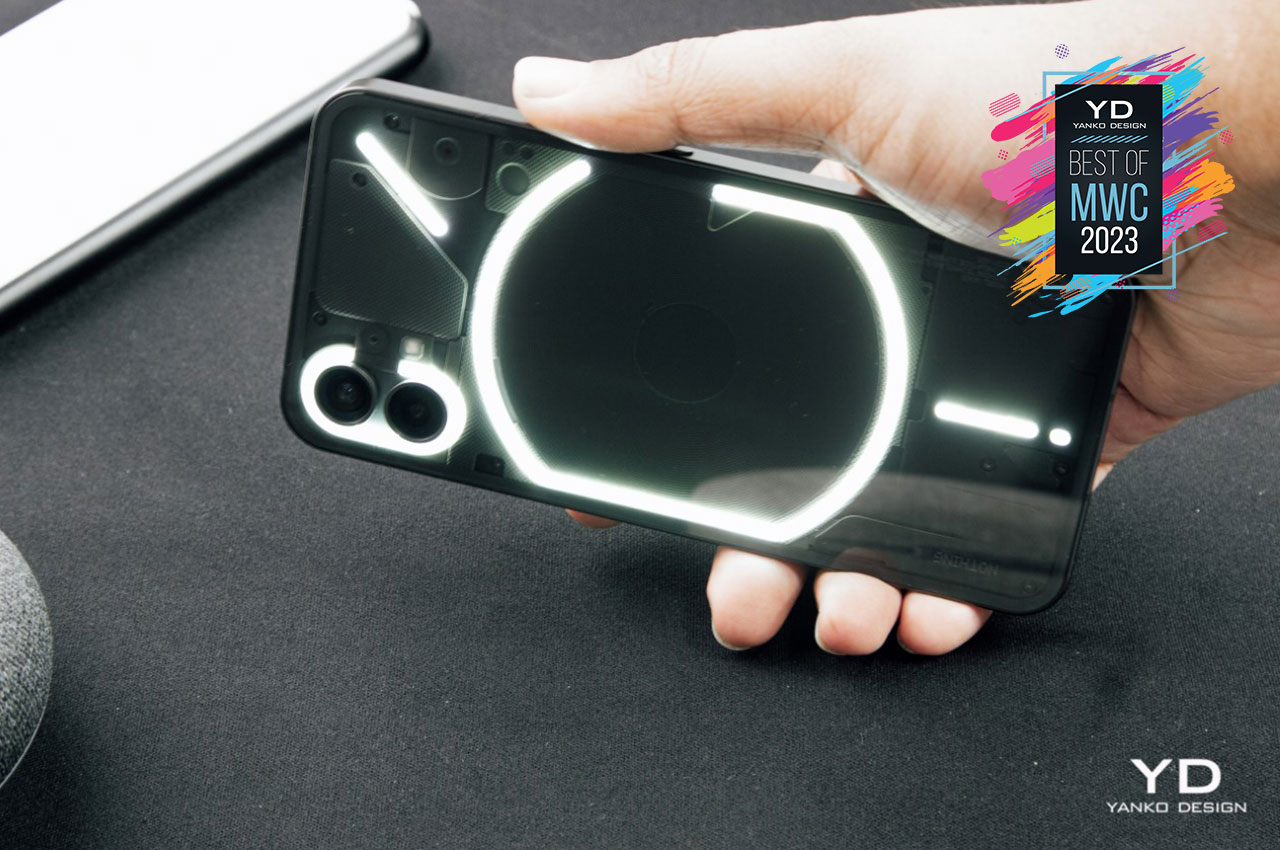
The phone (1) is just the beginning for this new fledgling brand, and it gets the award for its impact, but also for holding its title of being the Flagship killer. Available now at just $299, the phone (1) is an absolute steal, with its drop-dead gorgeous design, more-than-average chipset, and impressive battery-life upgrade thanks to the new NothingOS 1.5 update. Of course, the transparent back and Glyph Interface still have our thumbs up, and we can’t wait to see what future devices will look like.
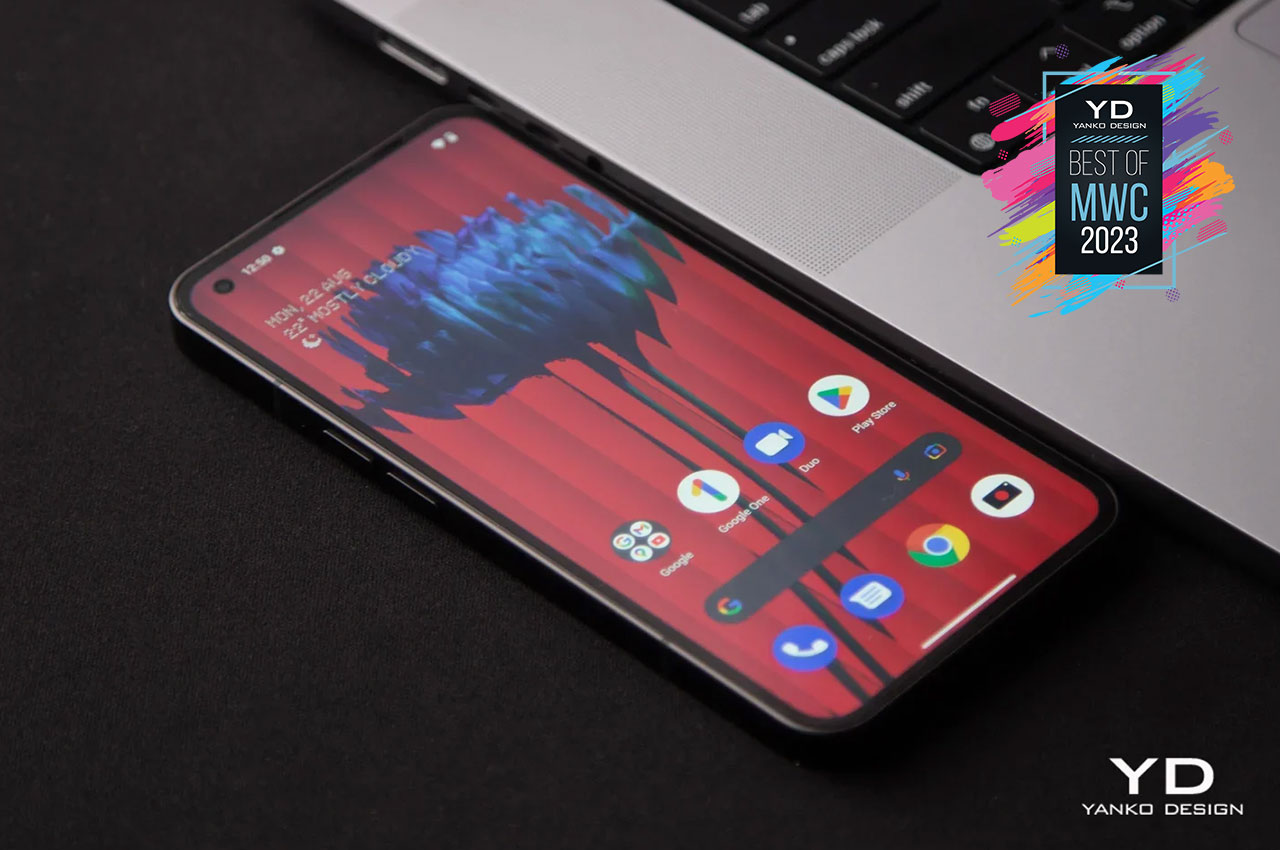
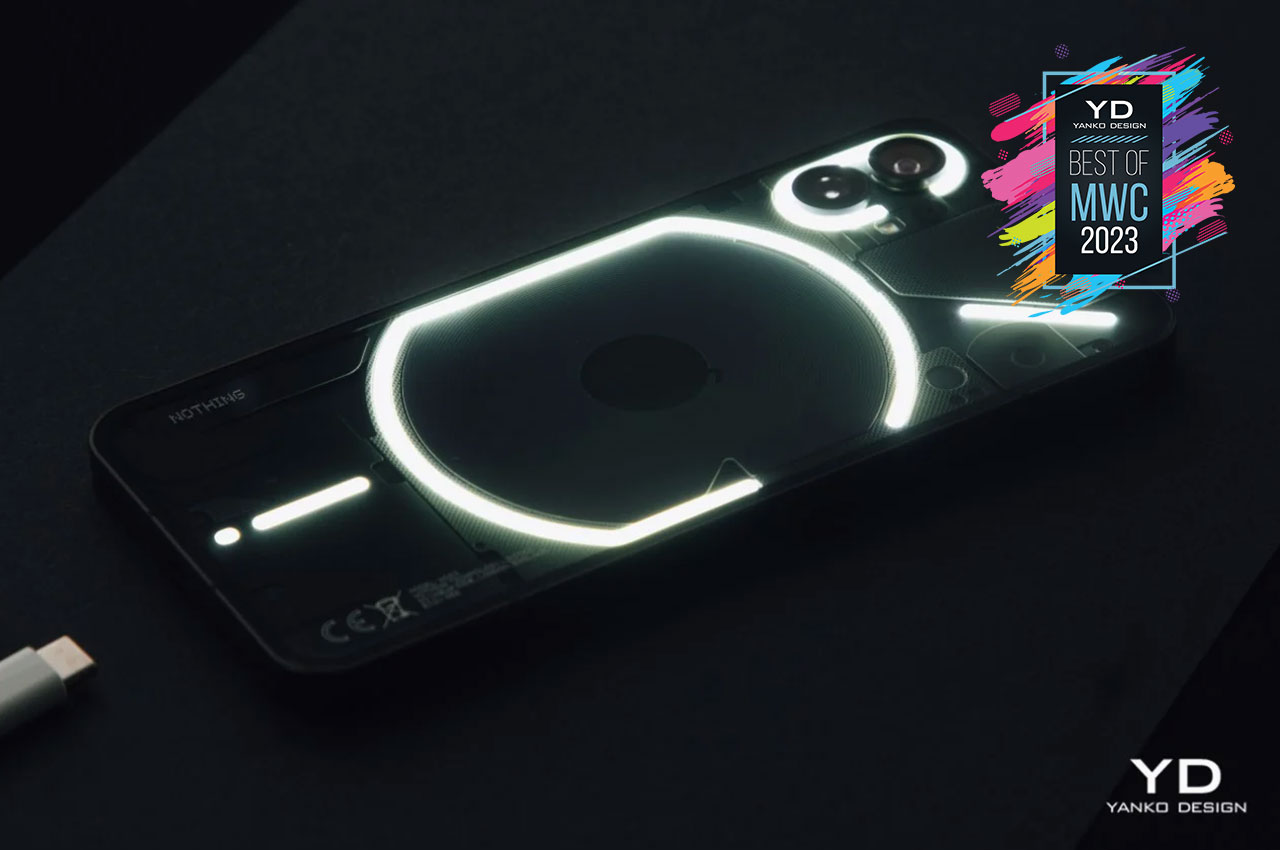
OnePlus 11 Concept
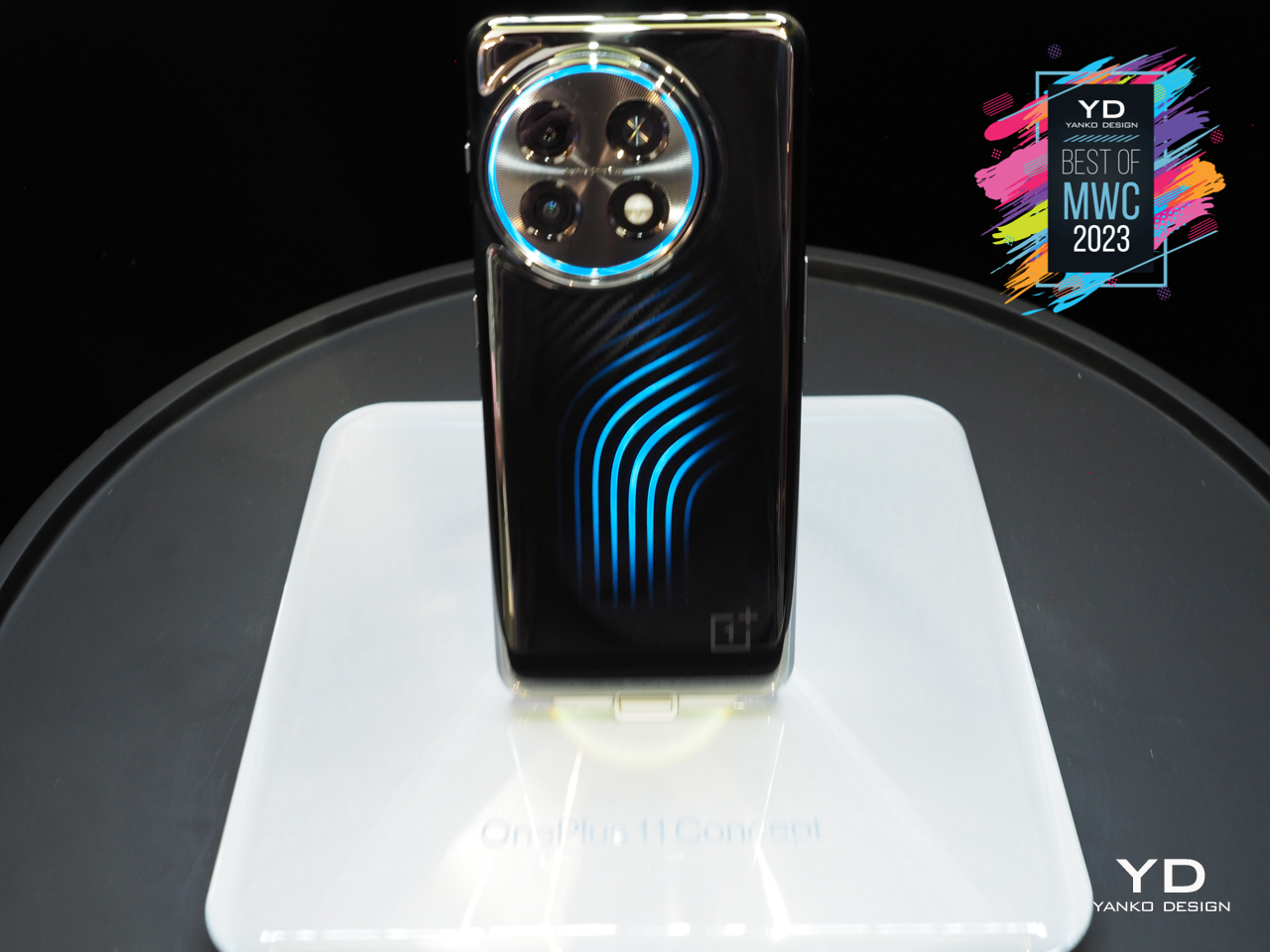
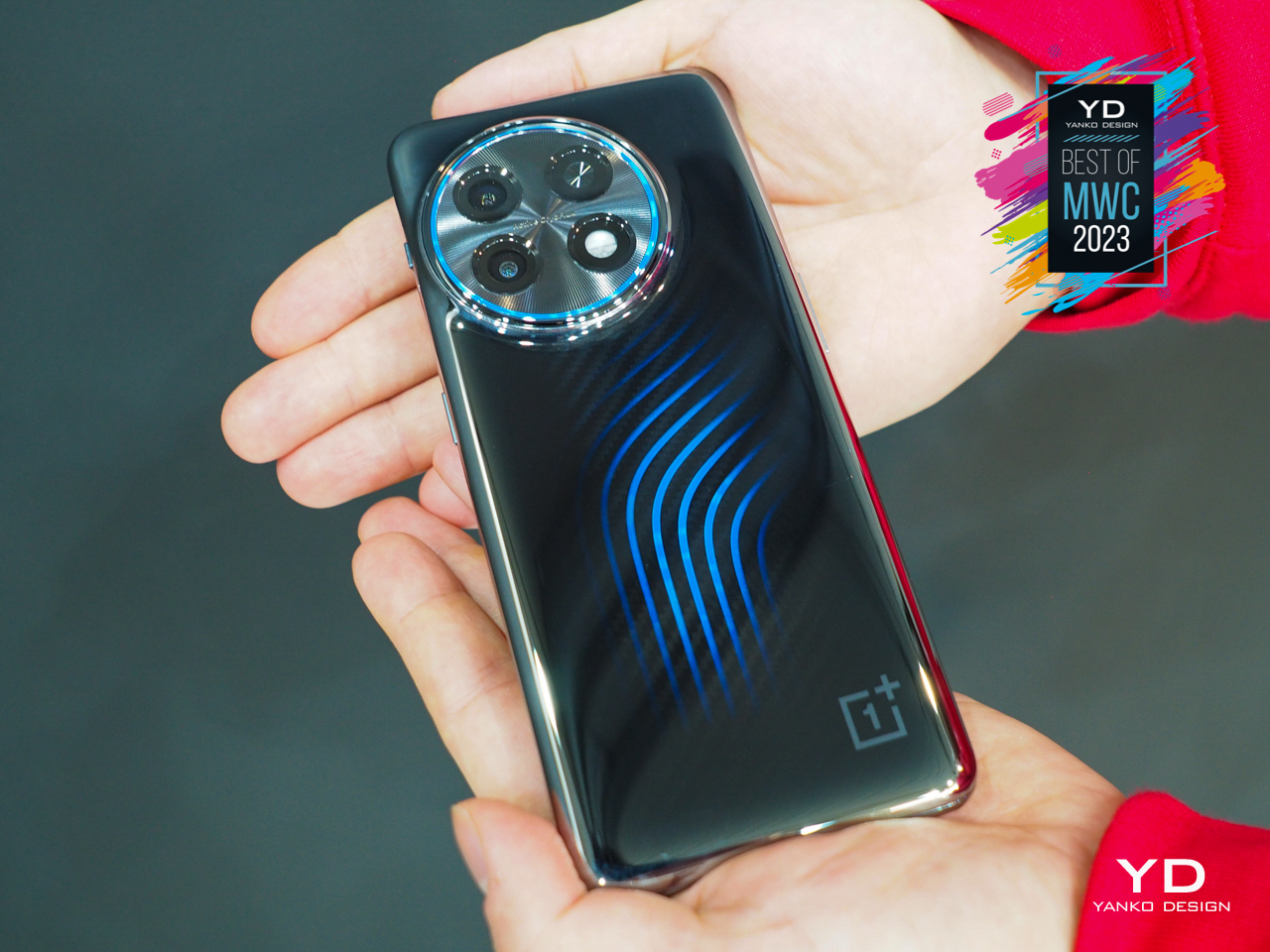
OnePlus’s claim to fame was that it Never Settled for mediocrity, trying to push the limits of what a smartphone can deliver without pumping the price up too much. Although it couldn’t stem the tide of market prices forever, it continues to be the outlier among its peers. It’s also one of the few brands willing to make seemingly crazy and outlandish experiments that may or may not become a real product. After the disappearing camera act of the OnePlus Concept One, the company is setting its sights on something cooler, literally and figuratively.
Designer: OnePlus
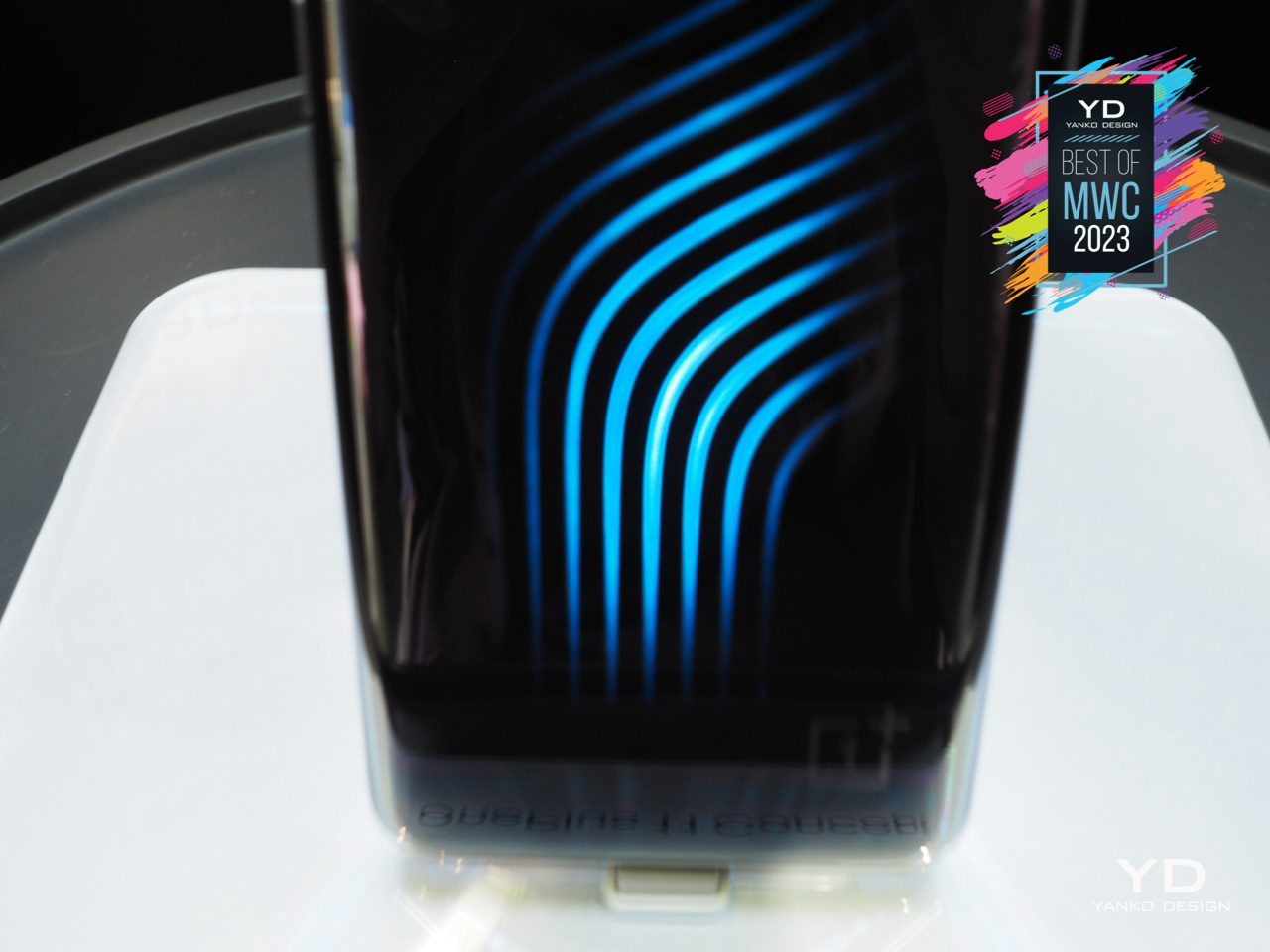
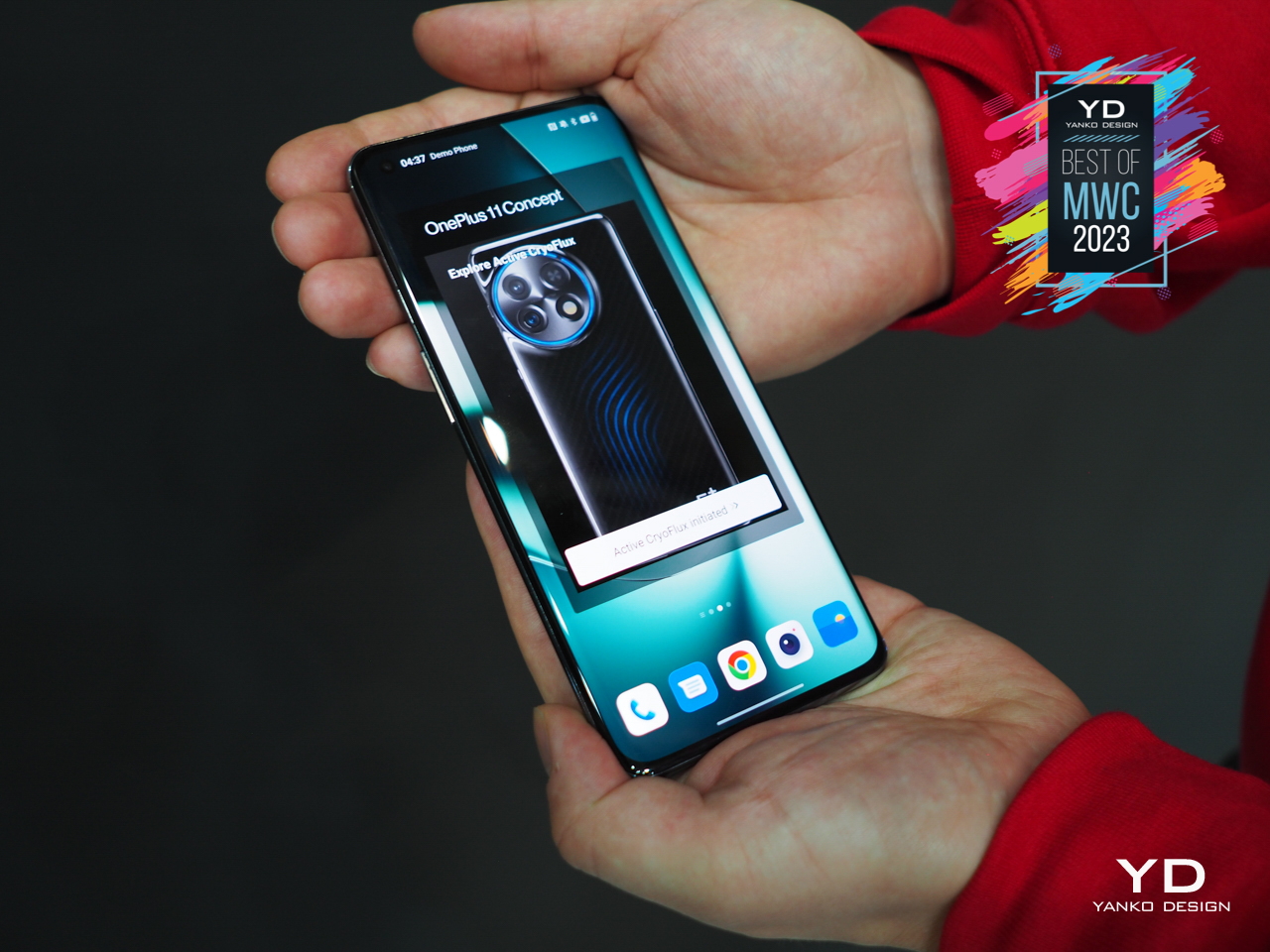
In a nutshell, the OnePlus 11 Concept’s Active CryoFlux is like PC liquid cooling for phones used to create a stunning visual effect. The concept phone’s clear back becomes something like a light show as the icy blue cooling liquid flows through pipes and around the circular camera bump. It’s definitely quite the sight to behold, and OnePlus naturally makes big claims about its effectiveness in keeping a phone cool, allowing it to maintain good frame rates longer. If it does become a retail model, it will definitely appeal to mobile gamers that might want something a bit different from the usual RGB designs.

OPPO Find N2 Flip
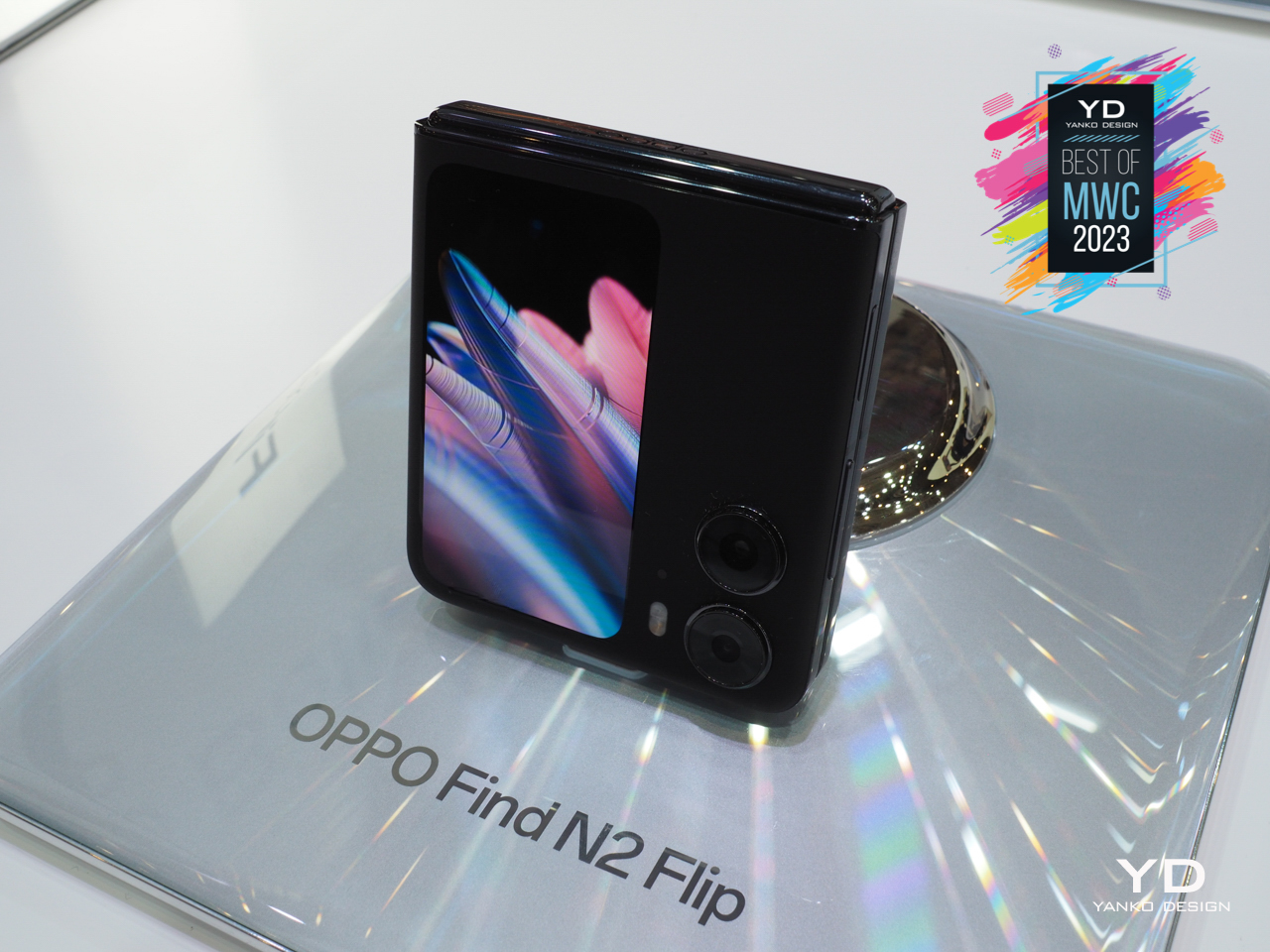
Although book-type horizontal foldable phones are definitely jaw-dropping the first time you see them, even Samsung admits that the clamshell-type foldables are more popular and approachable. Whether it’s because of their more familiar form or because of their more accessible price tag, the likes of the Galaxy Z Flip are expected to make up the majority of sales in this category. Ironically, there are even fewer players on this court, which makes OPPO’s belated challenger also more significant.
Designer: OPPO
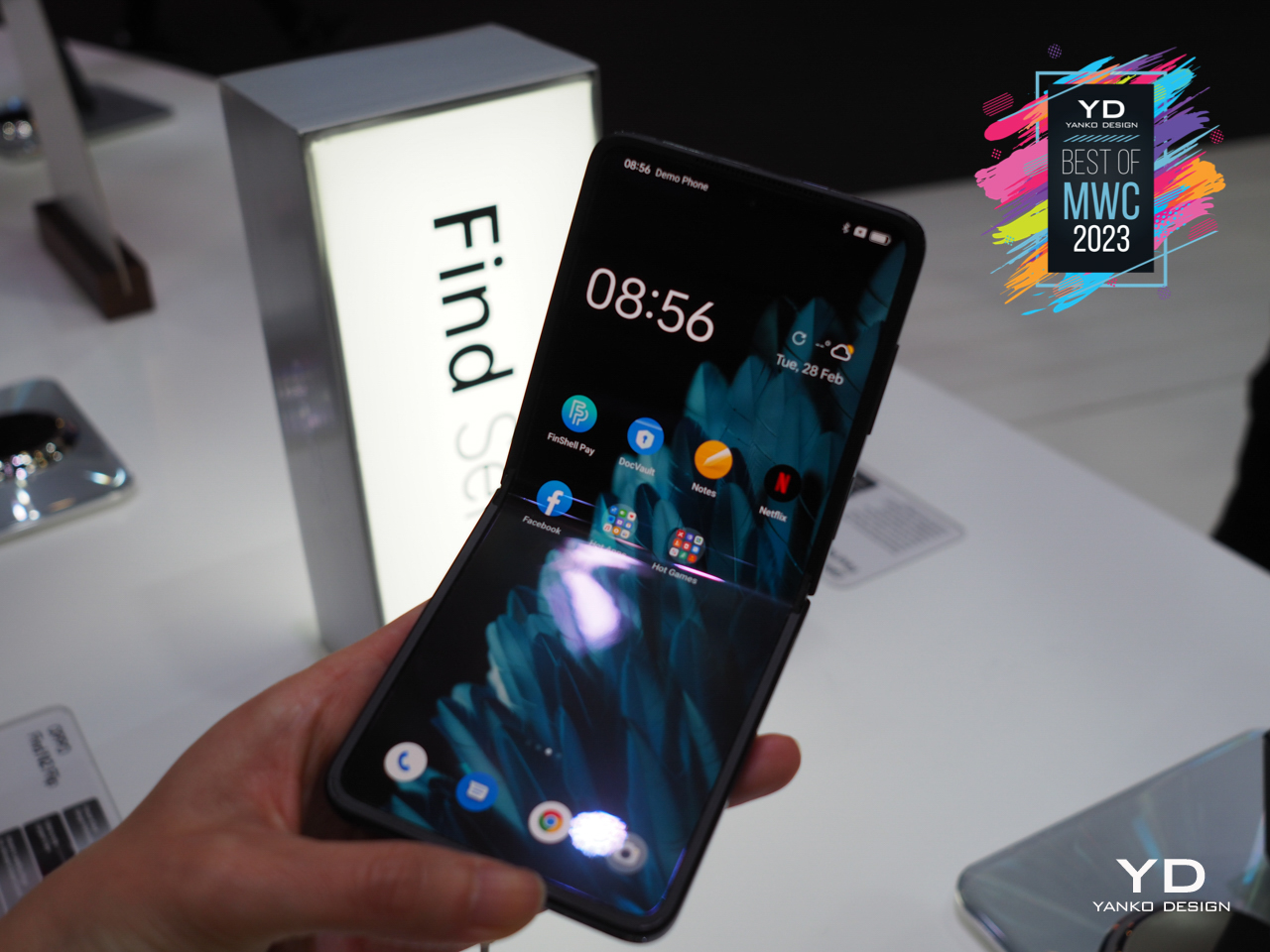
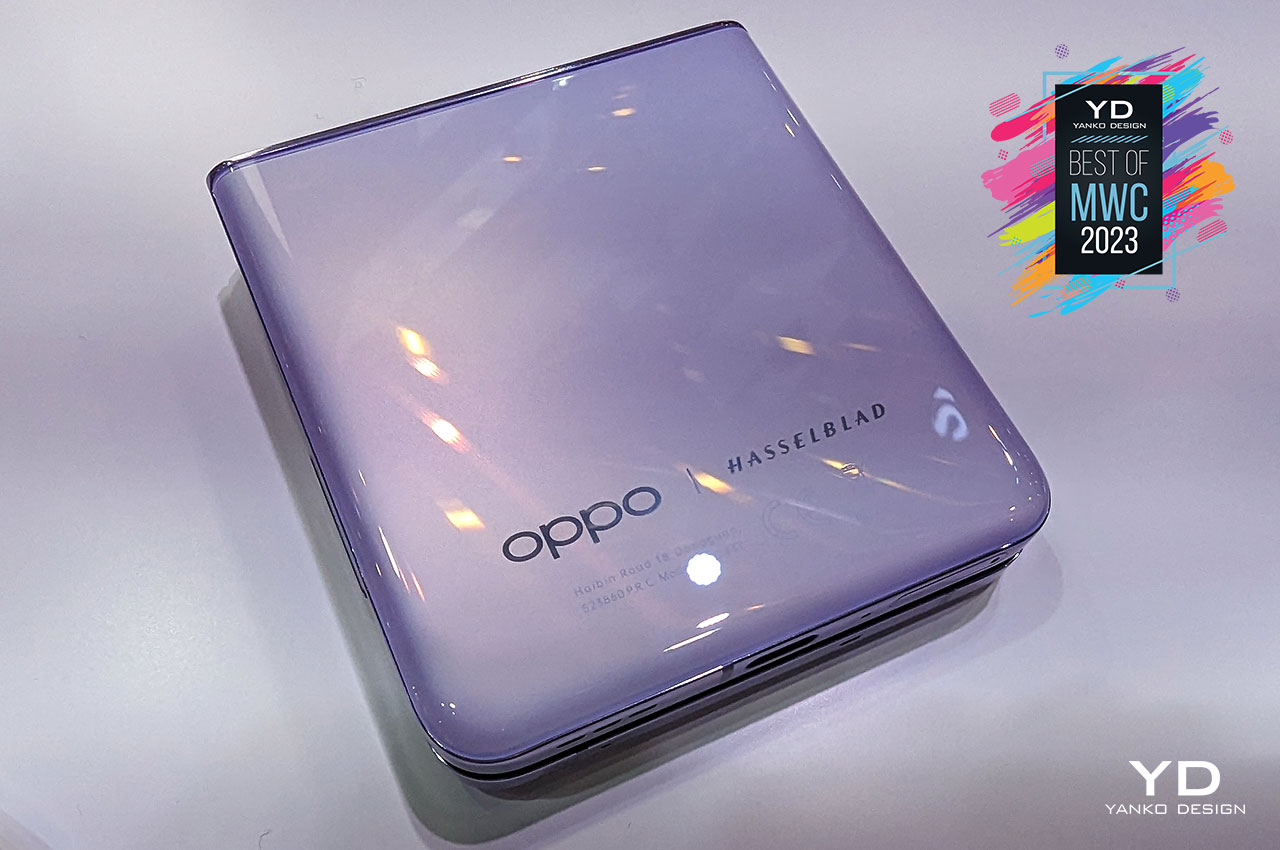
Like its horizontal sibling, the OPPO Find N2 Flip pushes the envelope with what you can do with this kind of foldable. It offers a larger external screen and a more competitive set of cameras, packed together with flagship-level hardware and a nearly crease-less display. There are a few kinks here, and some missed opportunities there, but for a first attempt, it’s definitely a laudable move forward for the entire market segment.
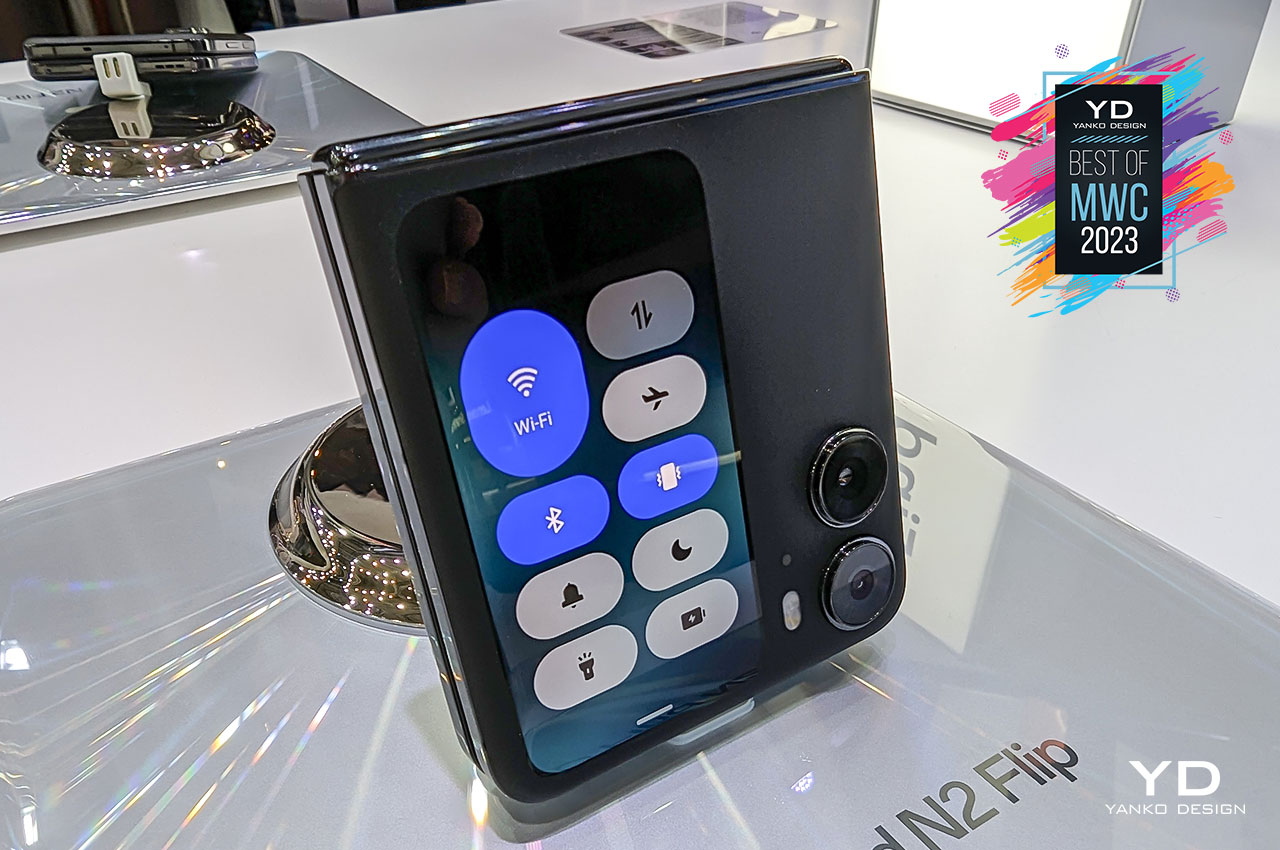
OPPO Air Glasses 2
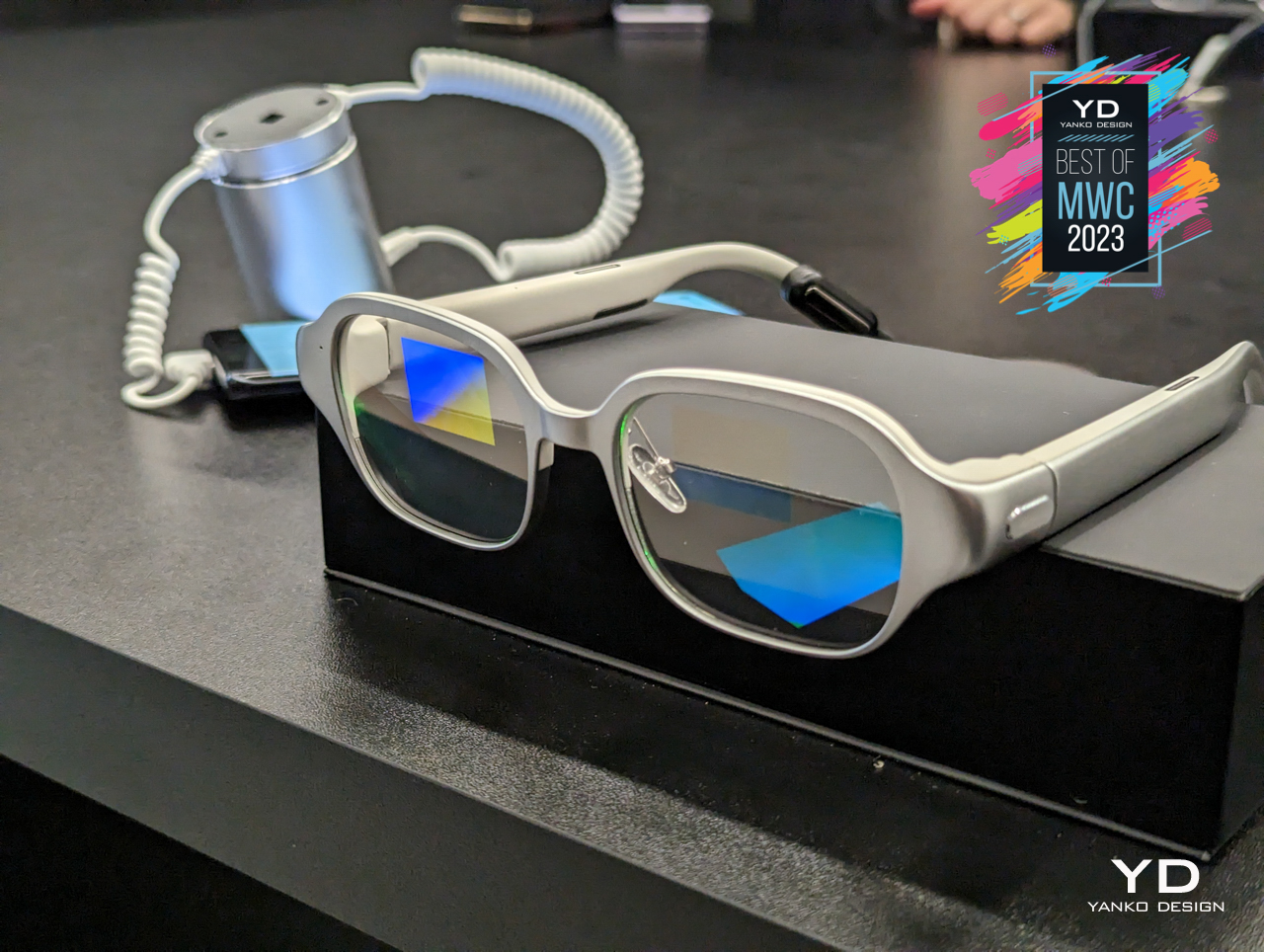
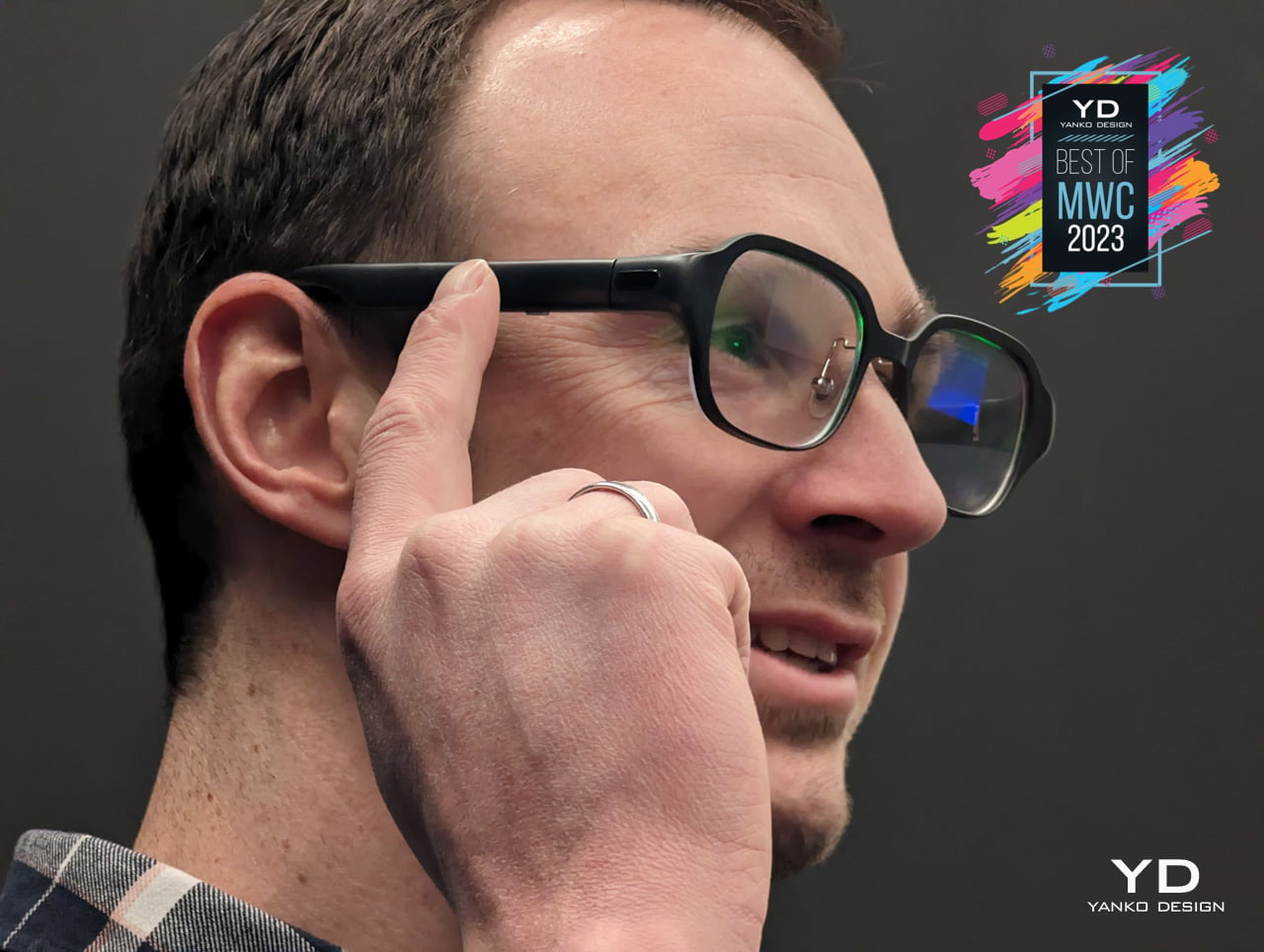
The high-profile failure of the Google Glass made many companies a bit warier of turning regular specs into AR-equipped devices, but that dream never really died. The industry now seems to be better prepared for this kind of wearable, and some are setting expectations right. It’s not going to be the hi-tech secret agent device of fiction, but the OPPO Air Glass 2 definitely takes the cake for being one of the most discreet smart eyewear around.
Designer: OPPO
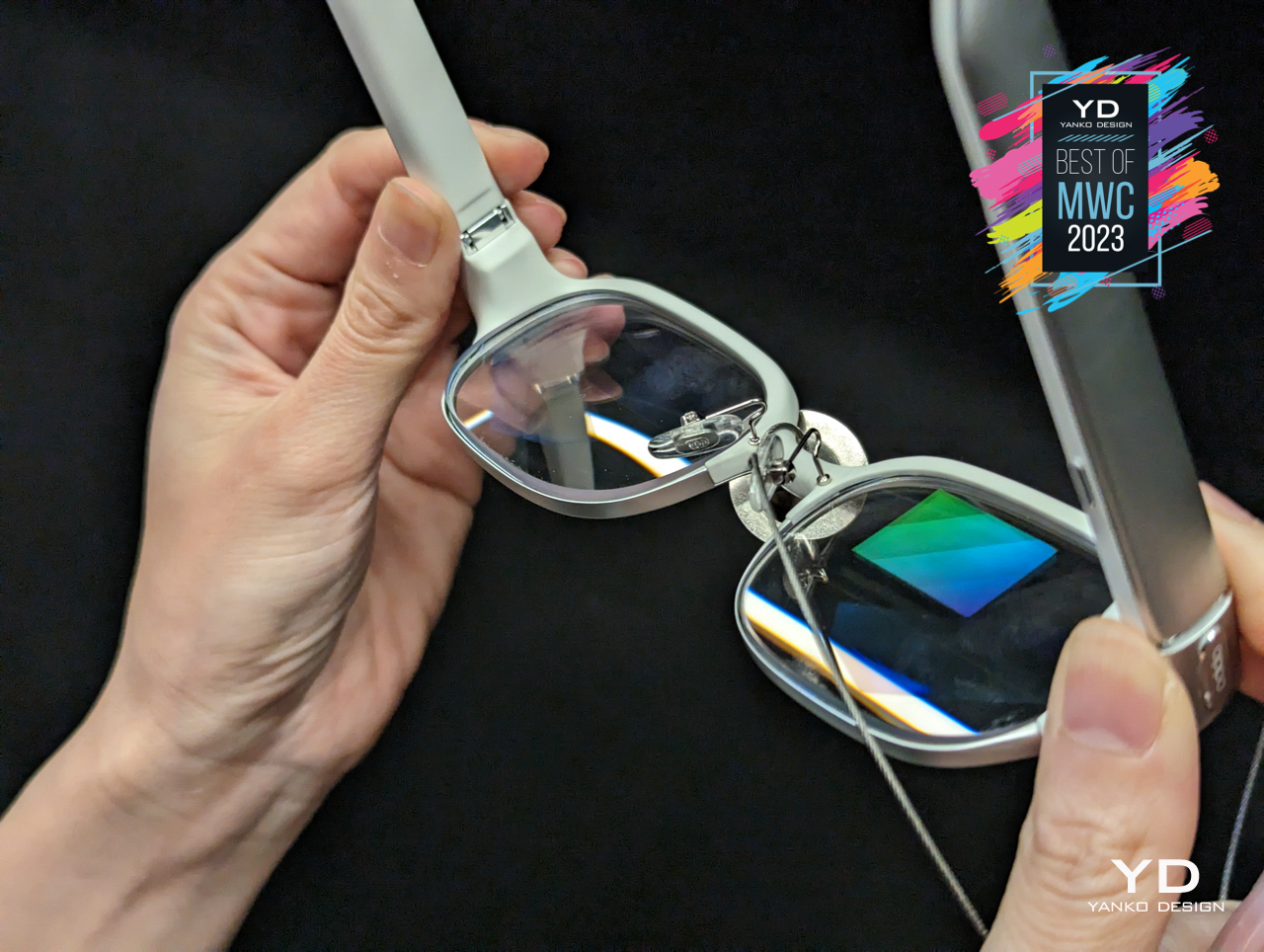
Lightweight and sleek, the OPPO Air Glass 2 focuses (no pun intended) on a set of features that is more relatable rather than fancy, including real-time translation and captioning, navigation, and, of course, some messaging. The display seems like it’s embedded in the lens itself, but you can actually change it to use corrective lenses for those with eyesight problems. It’s admittedly less sensational than other AR glasses, but it is ultimately more practical and more approachable for regular consumers.

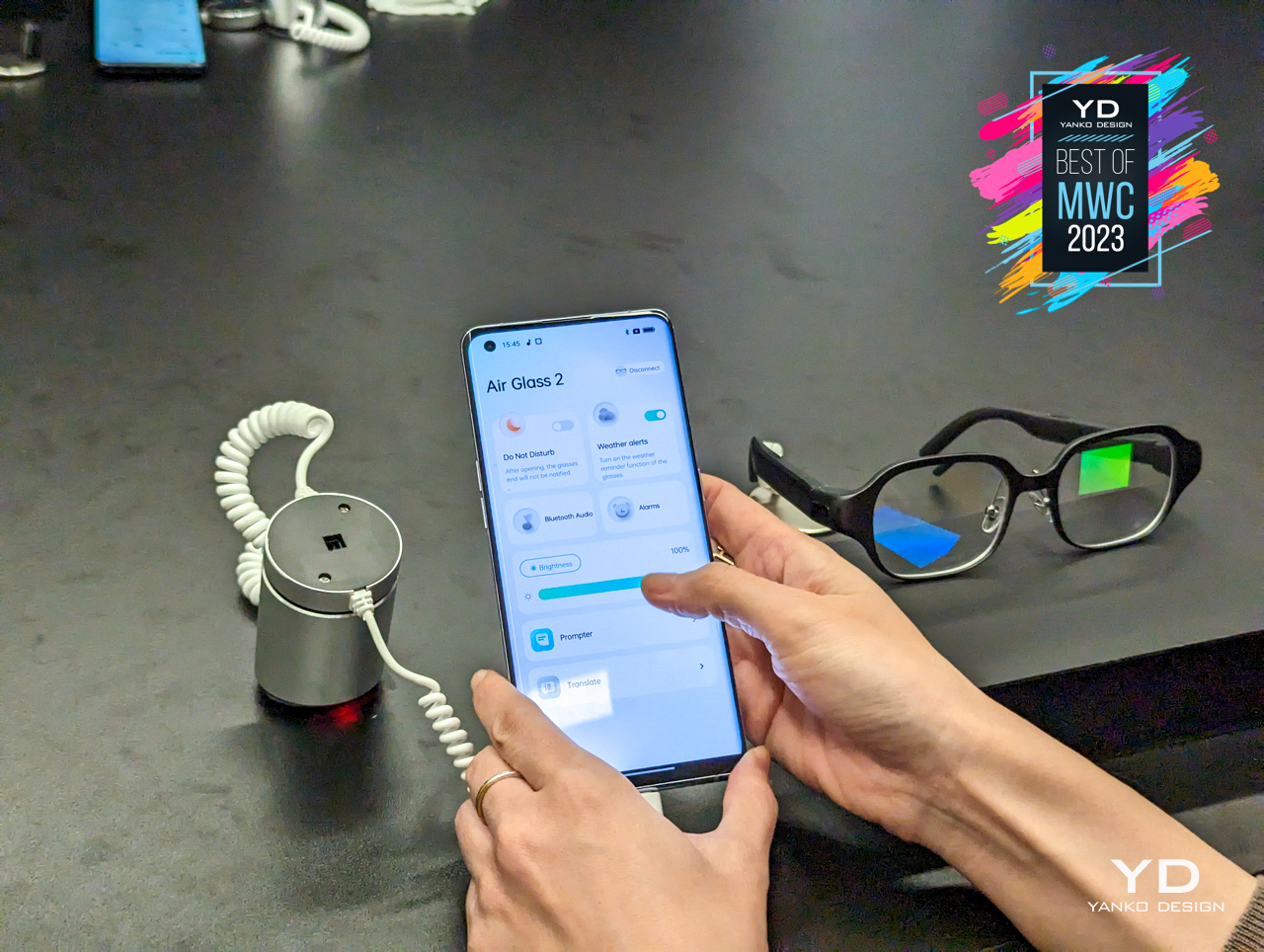
Qualcomm Snapdragon AR and XR Platforms

Although the rhetoric around the metaverse seems to have died down a bit, companies are still pushing the envelope in making the technologies empowering it more accessible. That means more headsets and glasses that try to deliver an extended reality experience without weighing us down or making us look laughable in public. There are quite a number of devices now that offer these capabilities without tying you down to a stationary desktop or laptop, and many of these standalone VR, AR, or XR wearables are unsurprisingly powered by Qualcomm’s processors.


Designer: Qualcomm
Qualcomm is the world’s leading silicon maker for mobile devices, but the large Snapdragon family doesn’t just cover smartphones, tablets, or even laptops. It also powers wearables, from smartwatches to this new generation of headsets and eyewear that carry their own computing power inside of them. As these devices get sleeker and more fashionable, it won’t be surprising to see Qualcomm’s Snapdragon AR and XR dominating this market as well, powering the gear that will make the metaverse, or whatever its name will be, our next real universe.


realme 10 Pro Coca-Cola Edition
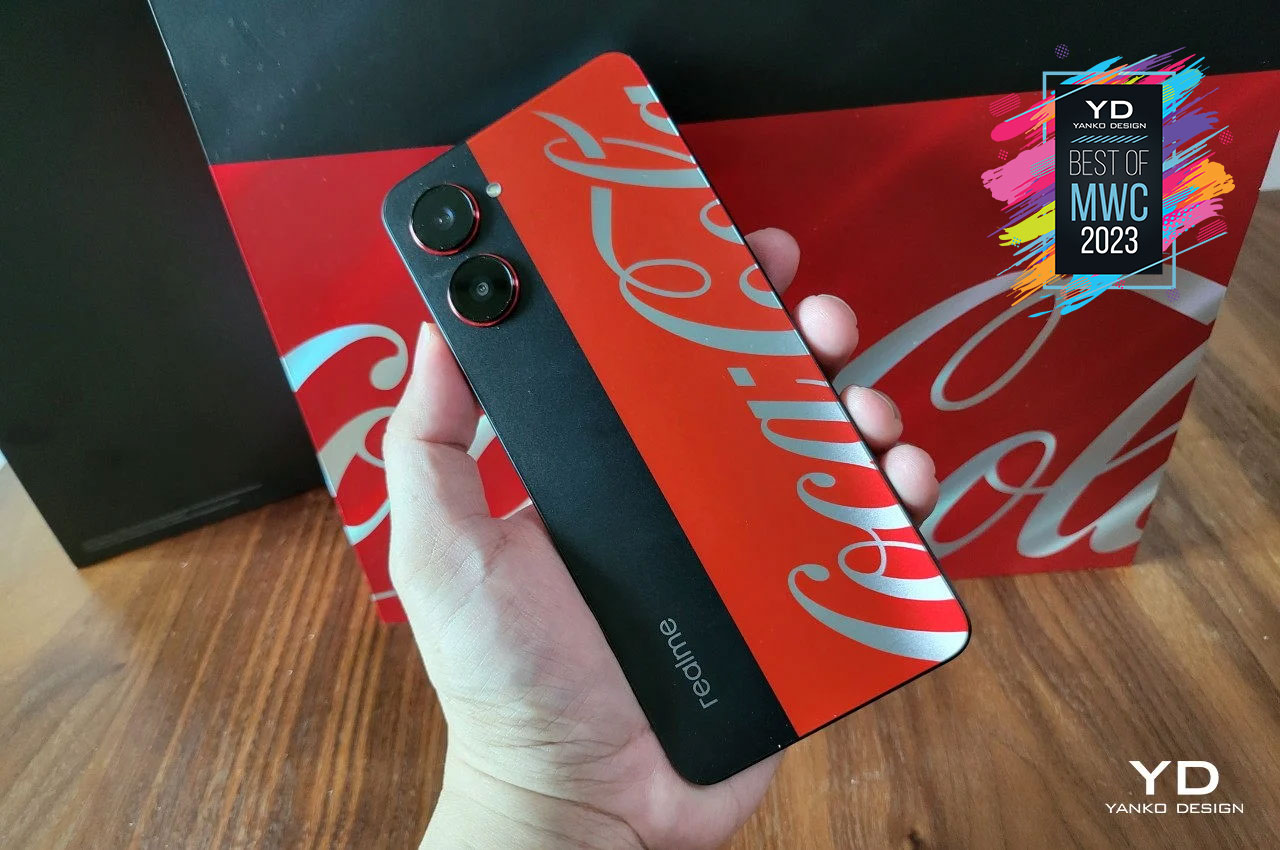
Smartphones are no longer just hi-tech tools to make our lives easier, they have also become tools for self-expression. People slap on stickers, skins, and cases not just for protection but also for show, displaying their favorite colors, characters, brands, and much more. Some smartphone makers have tried to tap into this trend, and realme just one-upped everyone else with a partnership you never saw coming.
Designer: realme
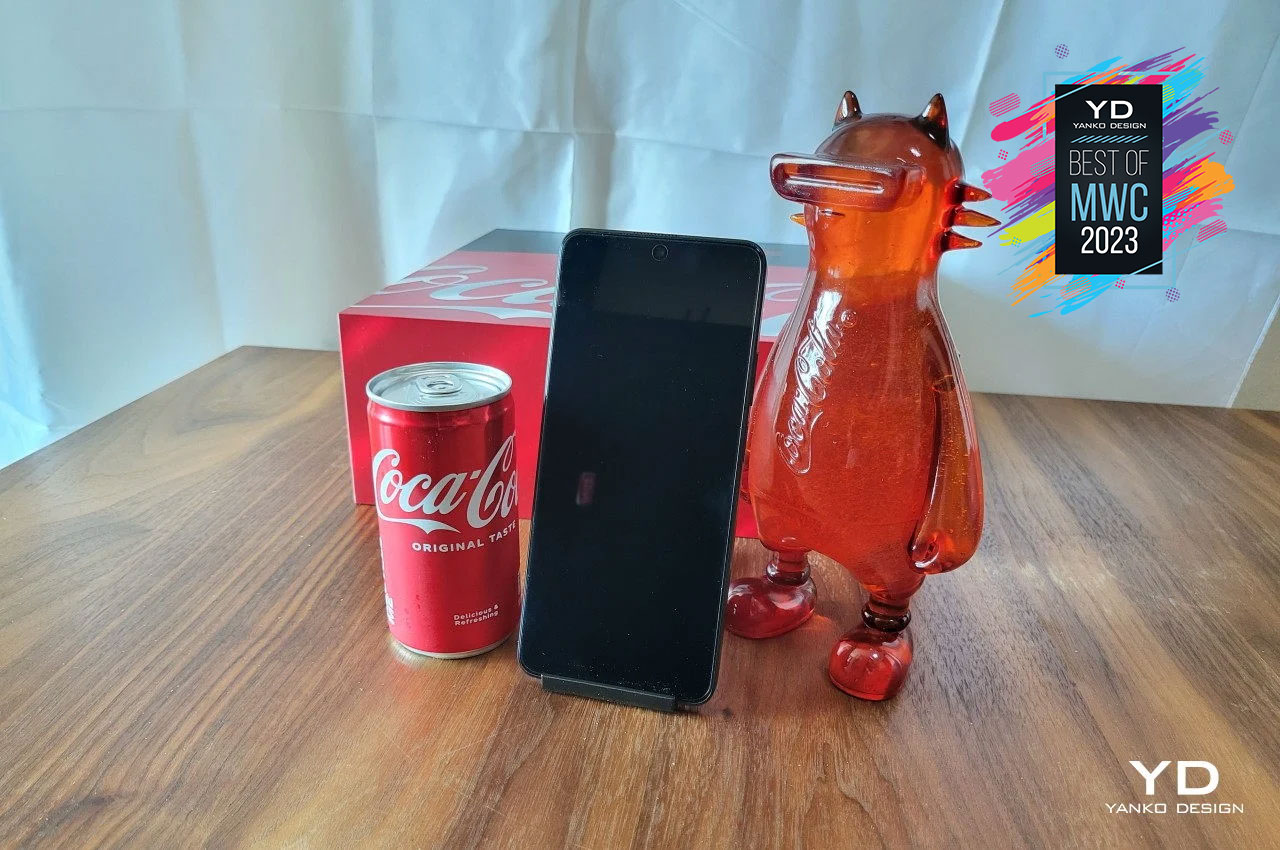
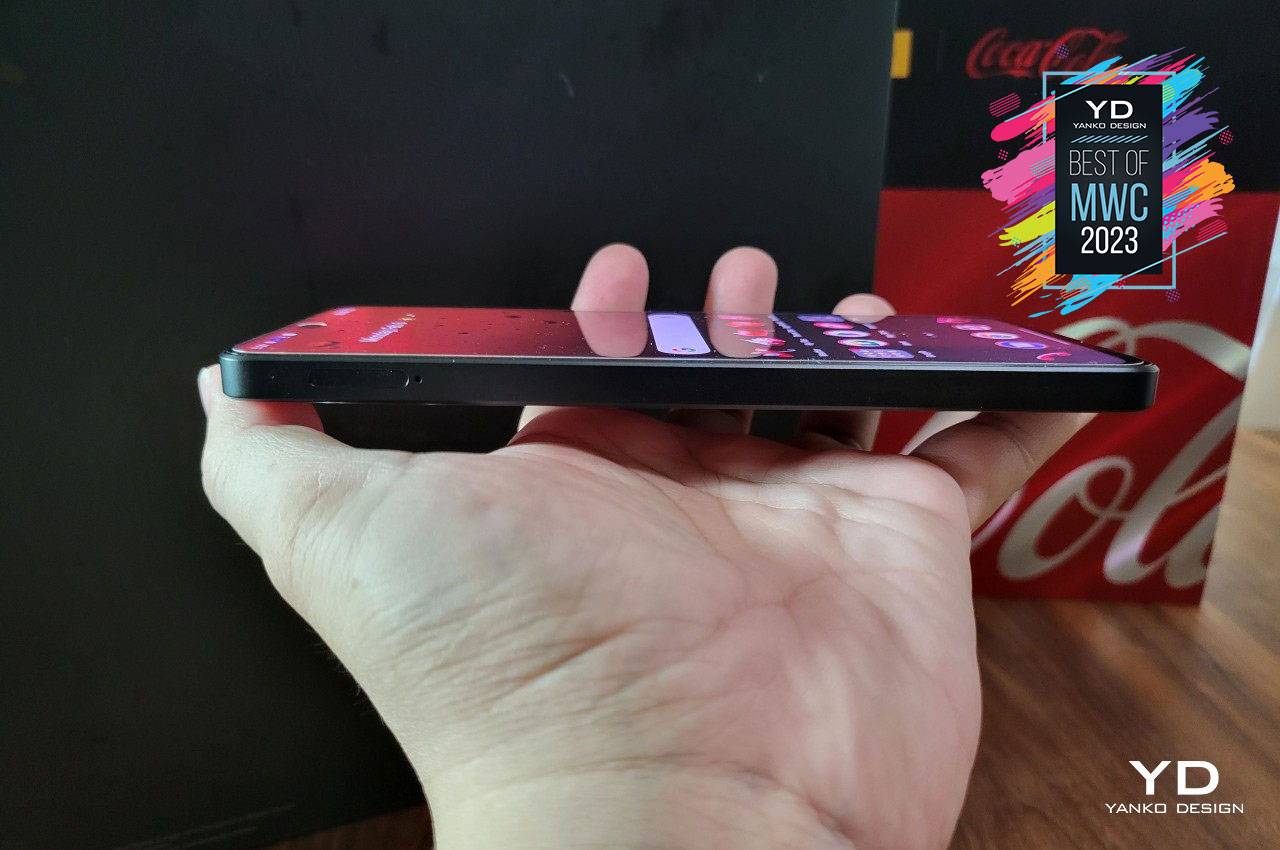
You can definitely try to force some associations between smartphones and the world’s most popular beverage, but the realme 10 Pro Coca-Cola Edition is definitely special even without that. The mere fact that it’s weird and quirky speaks to the youthful and energetic vibe that both brands are aiming for. The phone itself is actually well-designed, and the attention to detail extends even to the smallest thing, like a SIM tray ejector in the shape of a bottle cap. It doesn’t hurt that the hardware is quite competitive as well, so die-hard Coca-Cola fans won’t feel left behind if they get their hands on this limited edition collector’s item.

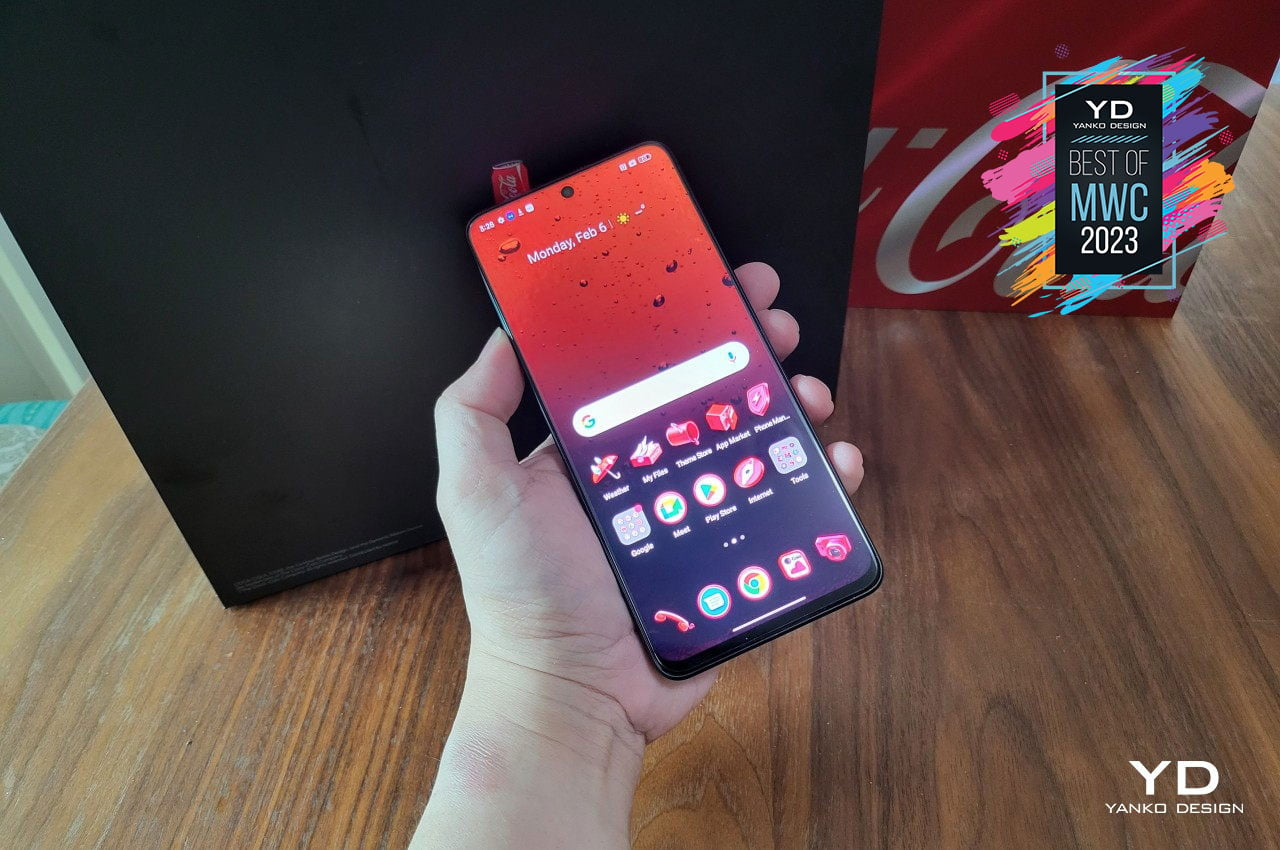
Samsung Galaxy S23 Series
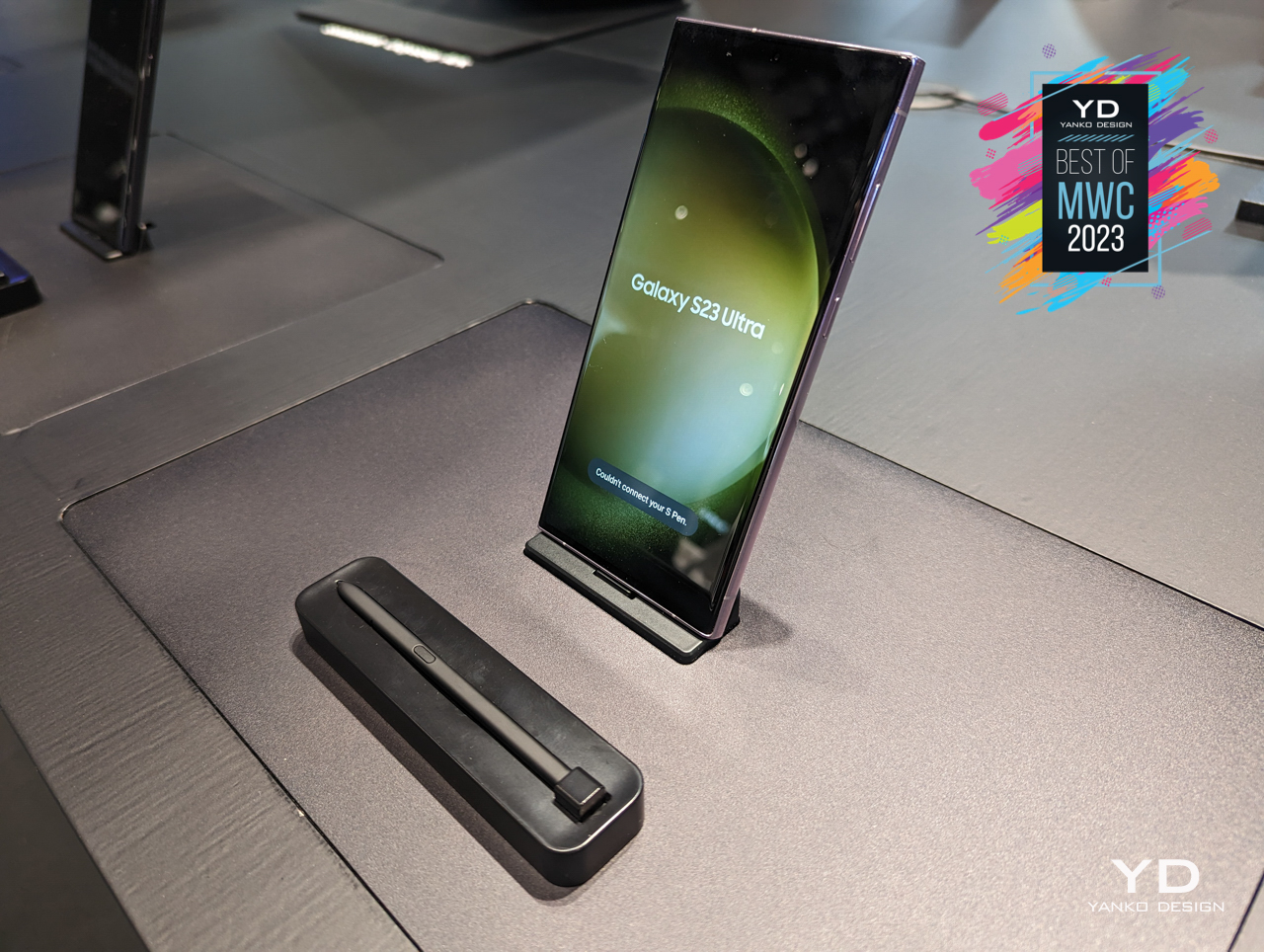
There are definitely many people that dislike how it diverges from the “vanilla” Android experience, but there’s no denying that Samsung is pretty much the leader of the Android market across many tiers. That doesn’t mean they always put out a winning flagship, like the ill-fated Galaxy Note 7, but they do have notable designs every so often. Although the Galaxy S23 series offers upgrades across the board, it looks almost similar to its 2022 predecessor, which is actually part of what makes it great.
Designer: Samsung
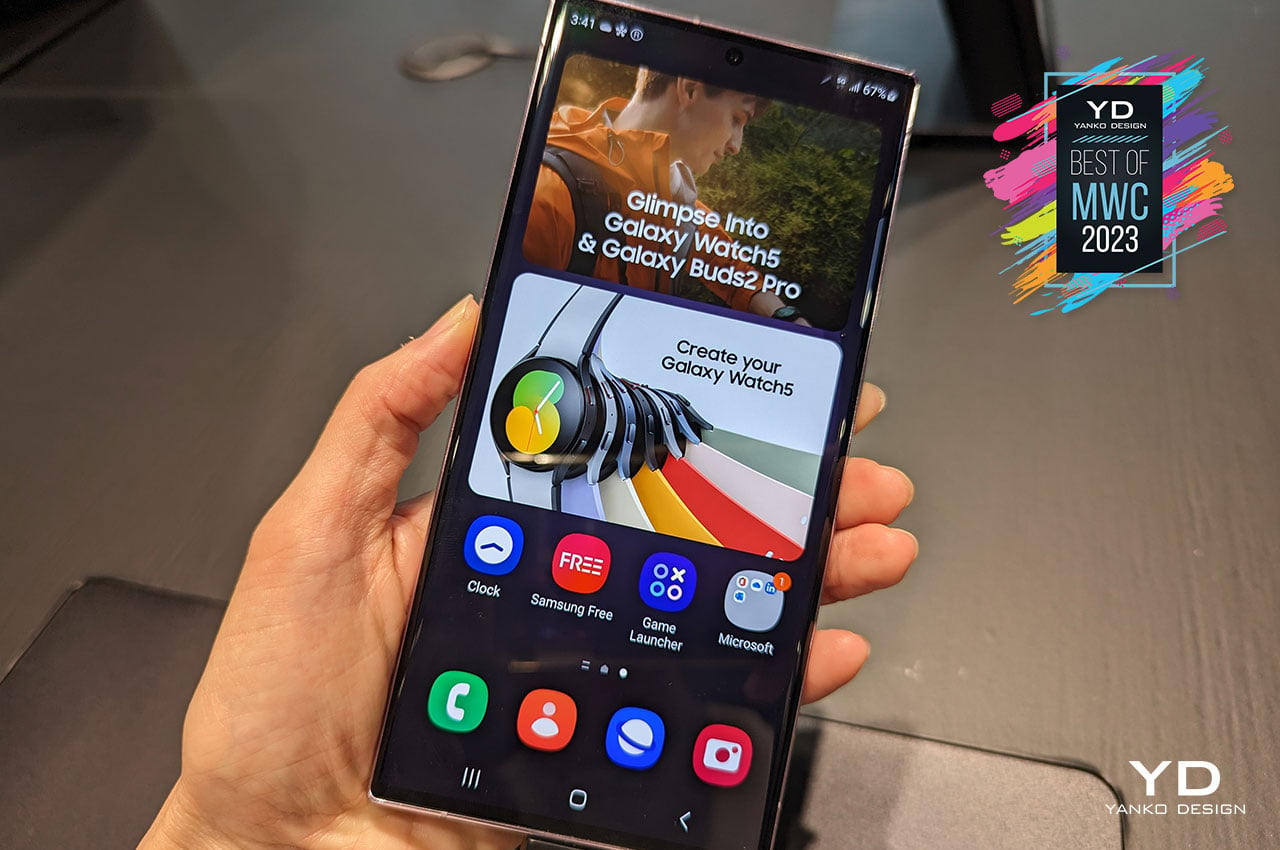
Rather than coming out with something different for the sake of being different, Samsung seems to have settled down on a more familiar and more stable design language that will become its DNA, at least in 2022 and 2023. This strategy has made the iPhones easily identifiable, even if you miss the telltale logo on the back. Additionally, the Galaxy S23 is a refreshing dose of minimalism at a time when smartphone camera bumps have become obnoxiously big. Hopefully, Samsung will stick to this classic look, even for just one more round.
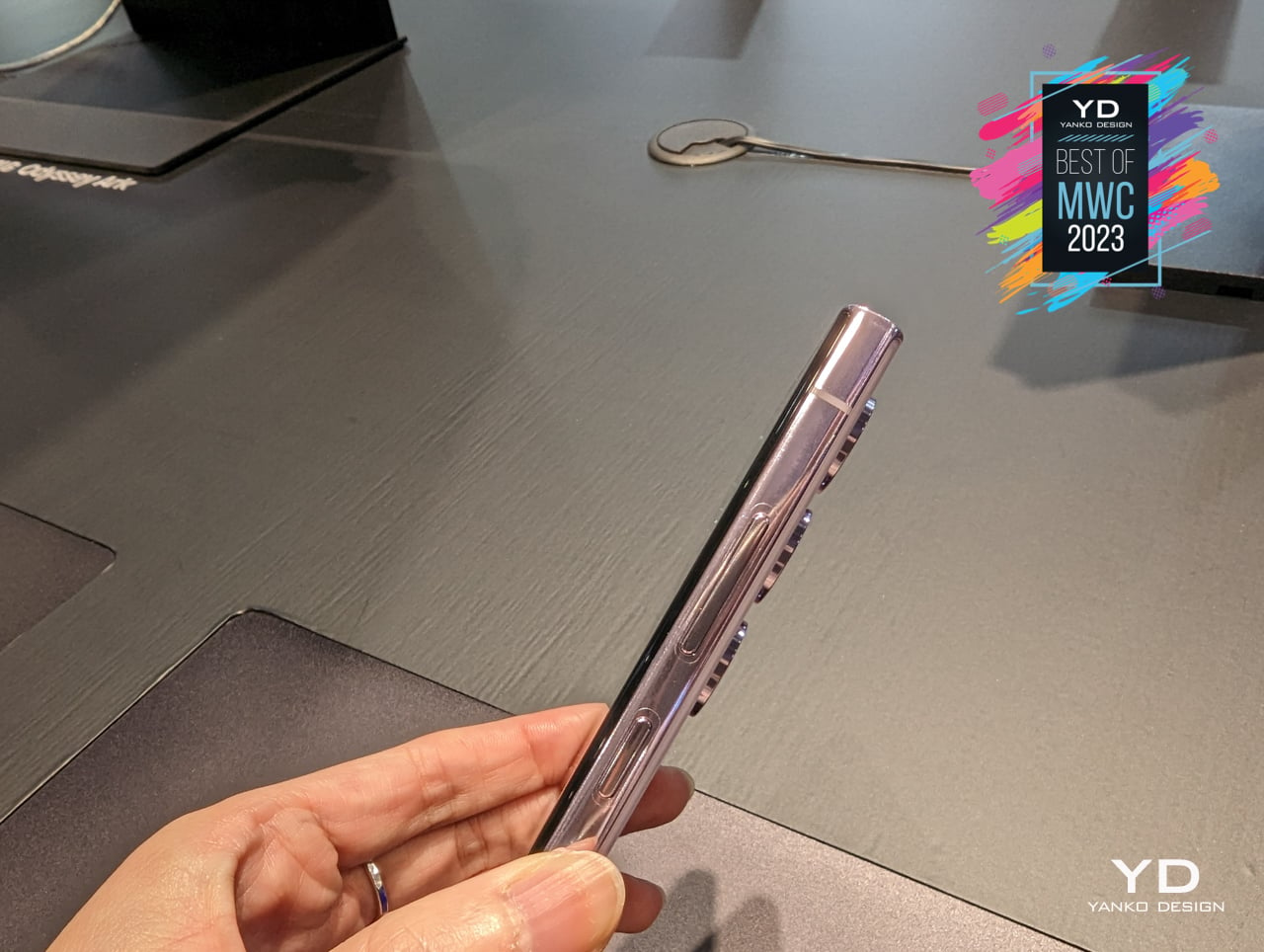

Tecno Phantom V Fold
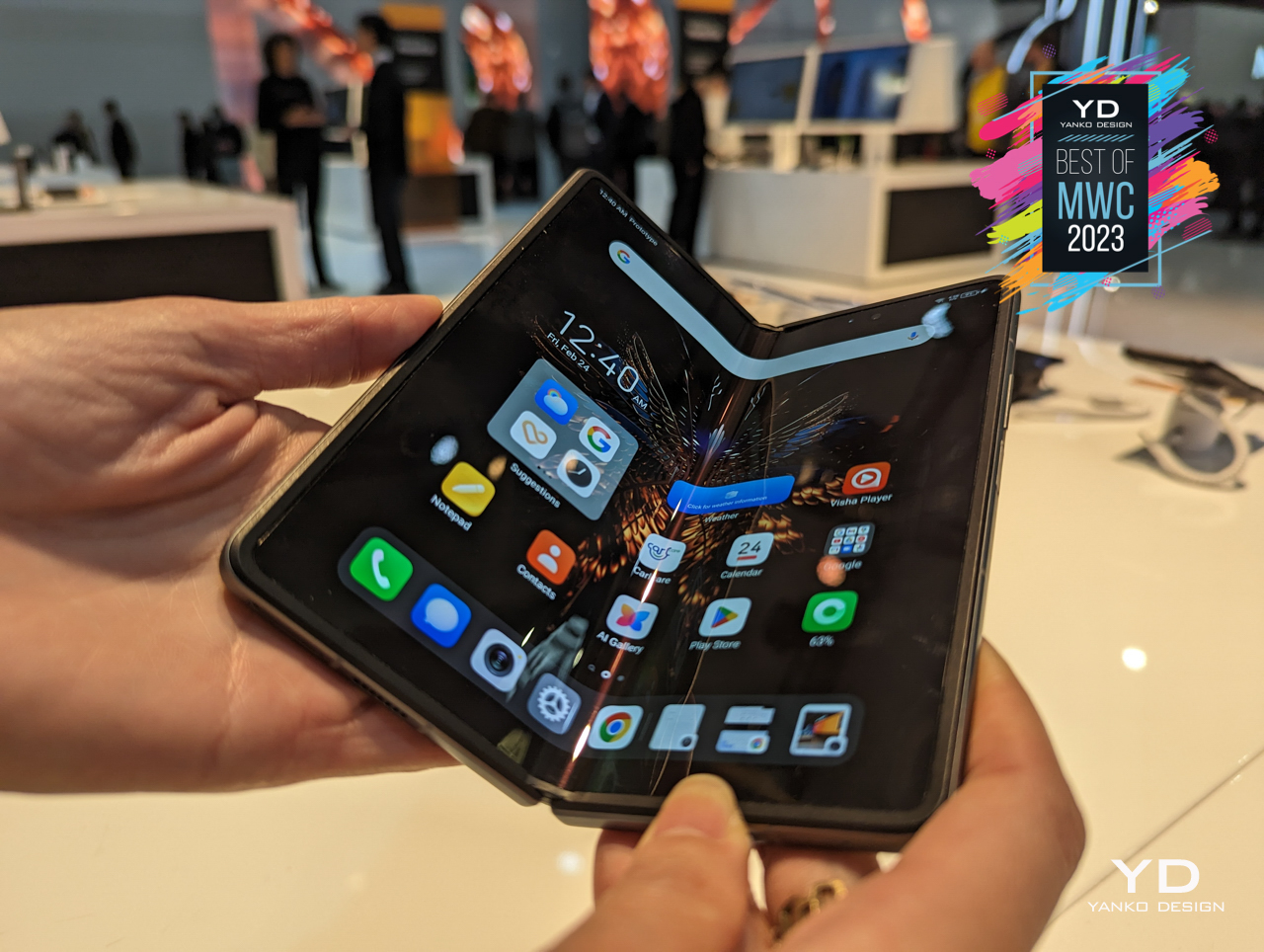
You know that foldable phones have made it big when even brands you might have never heard of start launching one. Tecno is a relatively younger and smaller player in the global scene, but it’s making a leap of faith by launching its first-ever foldable phone internationally from the get-go. The formula for horizontal foldables hasn’t exactly changed in the past four years, so it’s interesting to see newcomers that can bring fresh ideas to the table.
Designer: Tecno
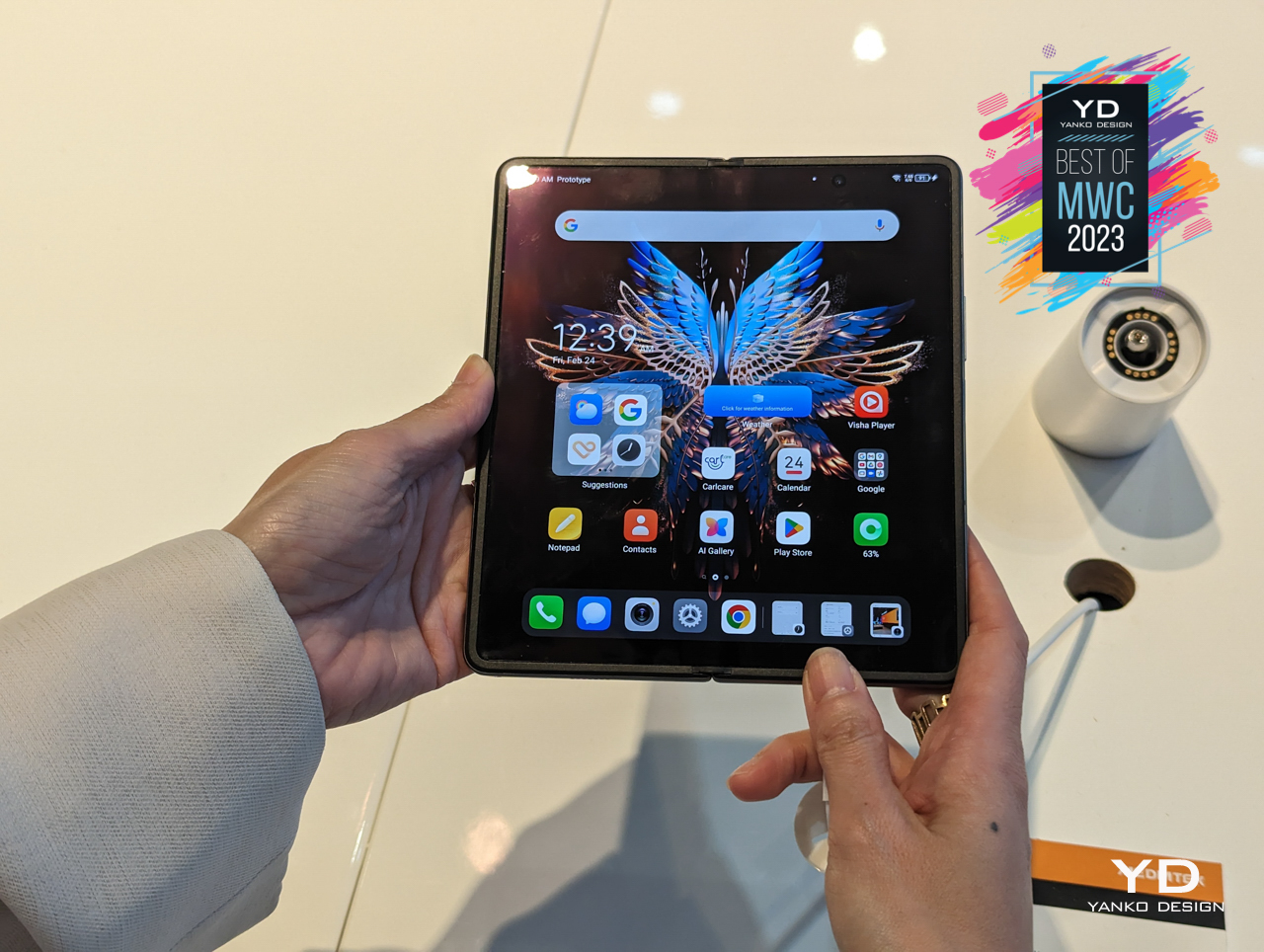
The Tecno Phantom V Fold’s defining feature is pretty much its camera design, something you won’t see on any of its kind. The constrained spaces of foldable phones have pretty much limited where you could place components like camera sensors, so it is quite surprising that Tecno managed a feat that bigger brands have failed to accomplish. Whether that will be enough for it to grab sales, only time will tell, but it has definitely raised the bar for future foldables.


Xiaomi 13 Pro
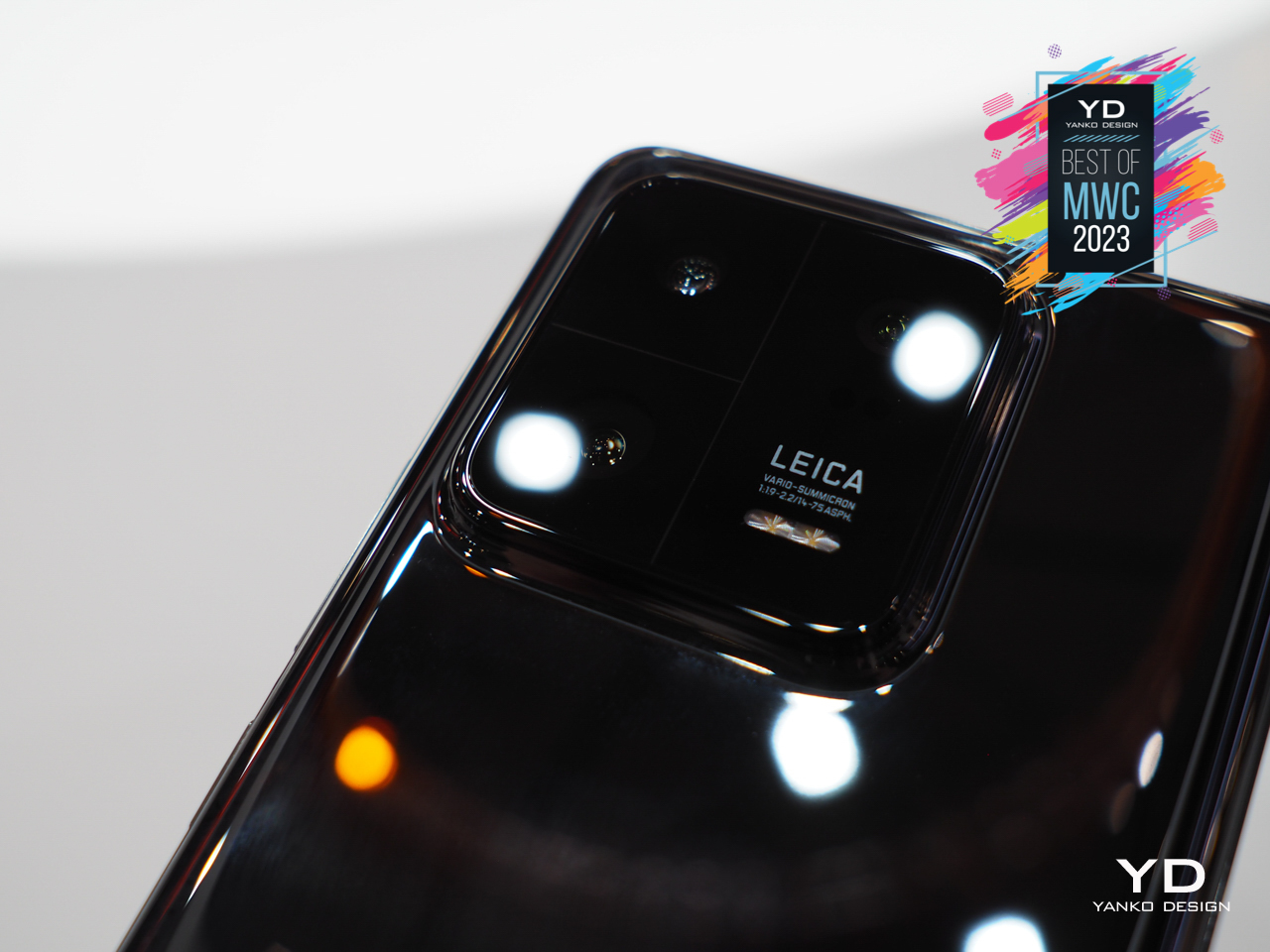
Although we interact with our phone’s screens nearly 100% of the time, it’s really their backs that give them their character. Some manufacturers have taken that to heart perhaps a bit too much, creating camera and back designs that are truly eye-catching, though not always in a good way. Less sensational and simpler designs can sometimes be more memorable, and the new Xiaomi 13 Pro tries to walk the fine line between the two extremes with a unique yet minimalist design.
Designer: Xiaomi

The phone’s camera bump is admittedly big, but it tries to create the illusion of a smaller size by visually dividing it into three parts. That also has the effect of emphasizing each camera’s unique strength, especially because of their association with Leica. The back cover is also made from “medical-grade bio-ceramic material,” and while you won’t be able to see the difference, your hand will appreciate the softer touch. Of course, the Xiaomi 13 Pro also has premium specs, so you’d be getting your money’s worth both in looks and in performance.

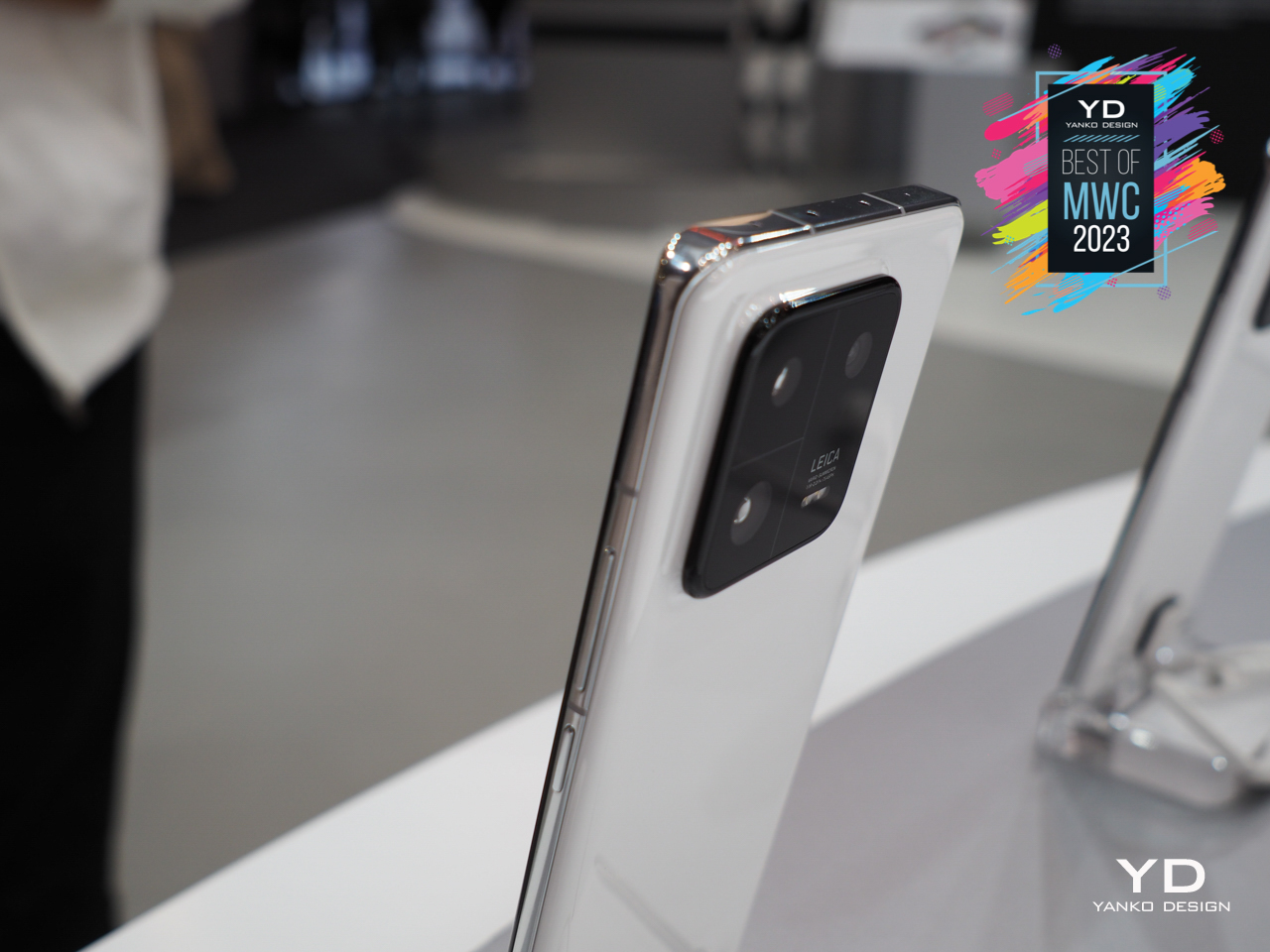
Xiaomi AR Glass Discovery Edition
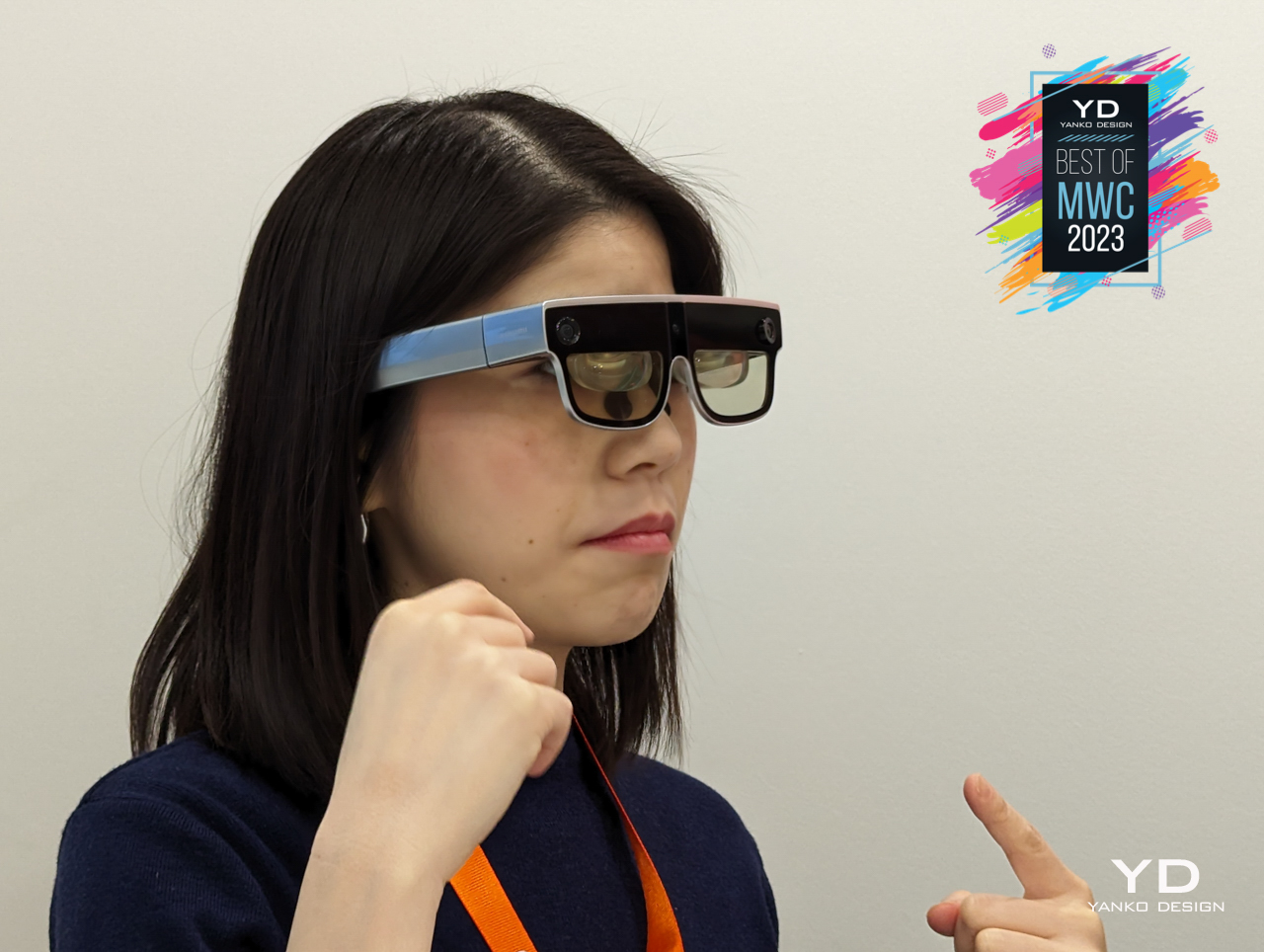
It seems that one of the most numerous mobile devices at this year’s event is smart eyewear. From full-on headsets like the HTC Vive XR Elite to more discreet glasses like the OPPO Air Glass 2, there is no shortage of wearables that offer all kinds of mixed reality experiences. This market segment is starting to get crowded, to Xiaomi is quickly making its presence known with an AR headset that could be one of the lightest of its kind.
Designer: Xiaomi
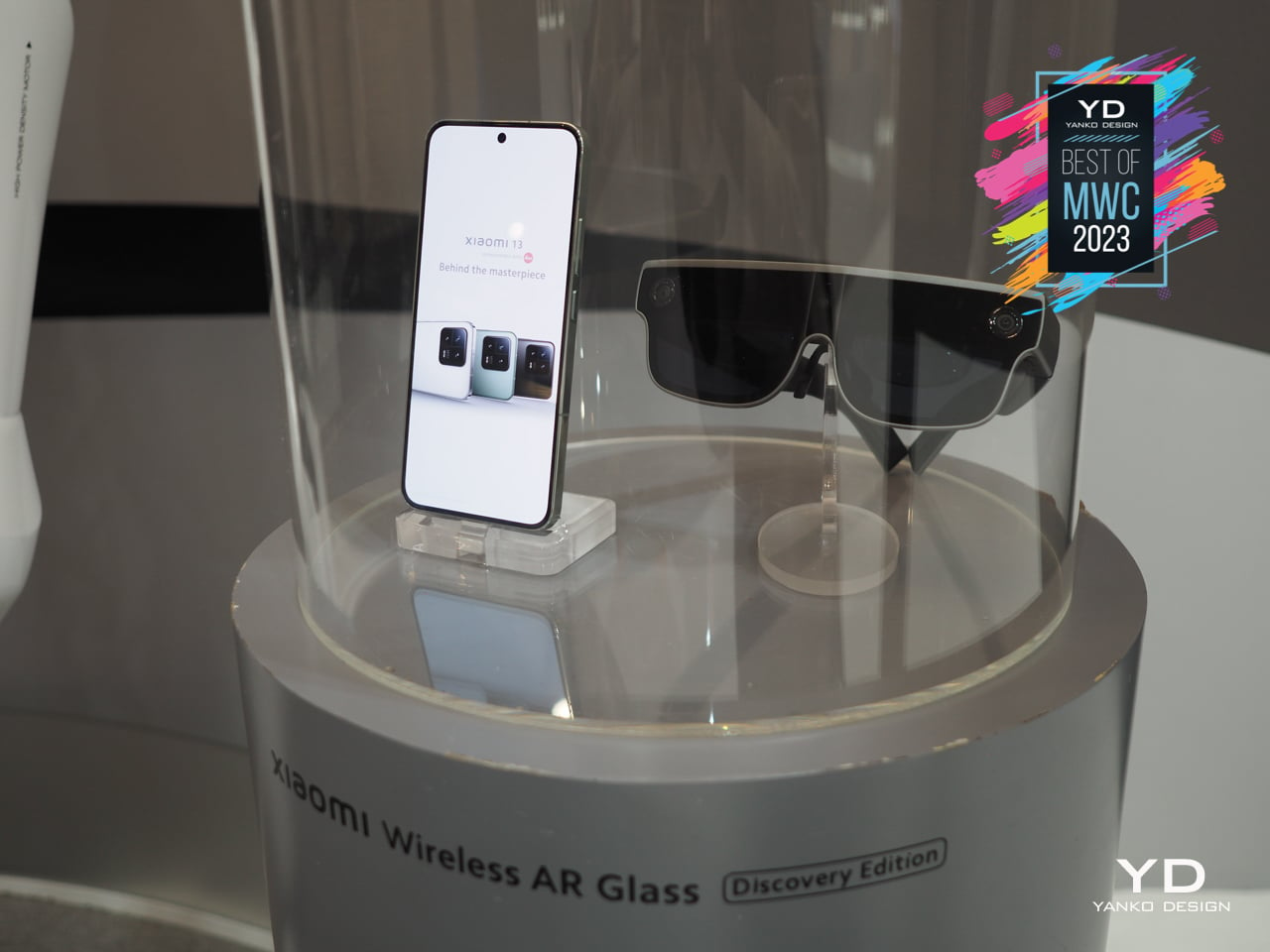
The Xiaomi AR Glass Discovery Edition might be a mouthful, but it practically encases the Qualcomm Snapdragon XR2 Gen 1 inside a magnesium-titanium alloy and carbon fiber frame. That’s the same powerful processor that runs in the bulkier Meta Quest Pro but in a lighter body that only looks like oversized sunglasses. It still has to make room for hardware, of course, especially since it functions standalone without connecting to a computer. It’s still lighter than most AR and VR headsets but promises nearly the same capabilities without burdening your head too much.
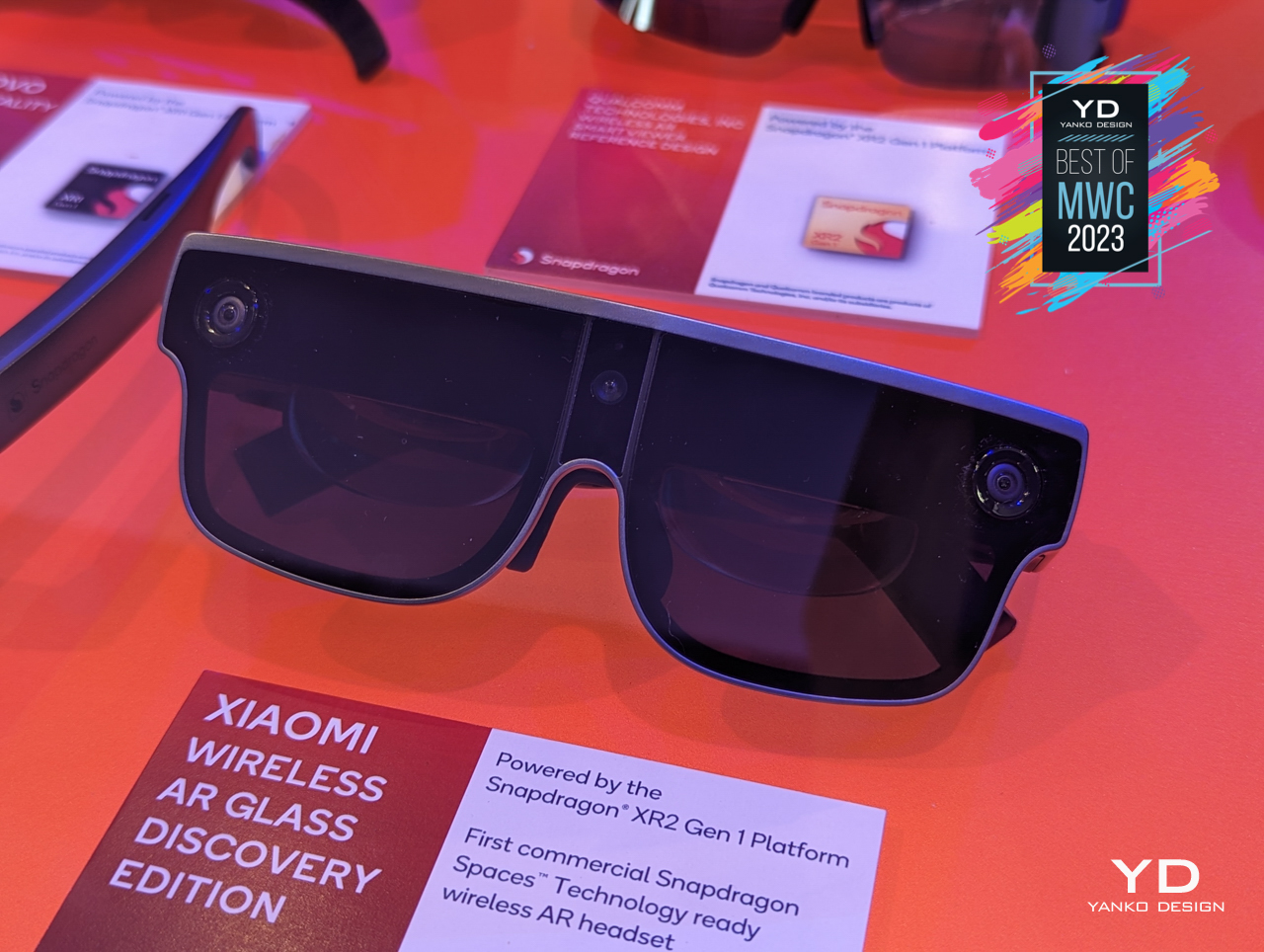
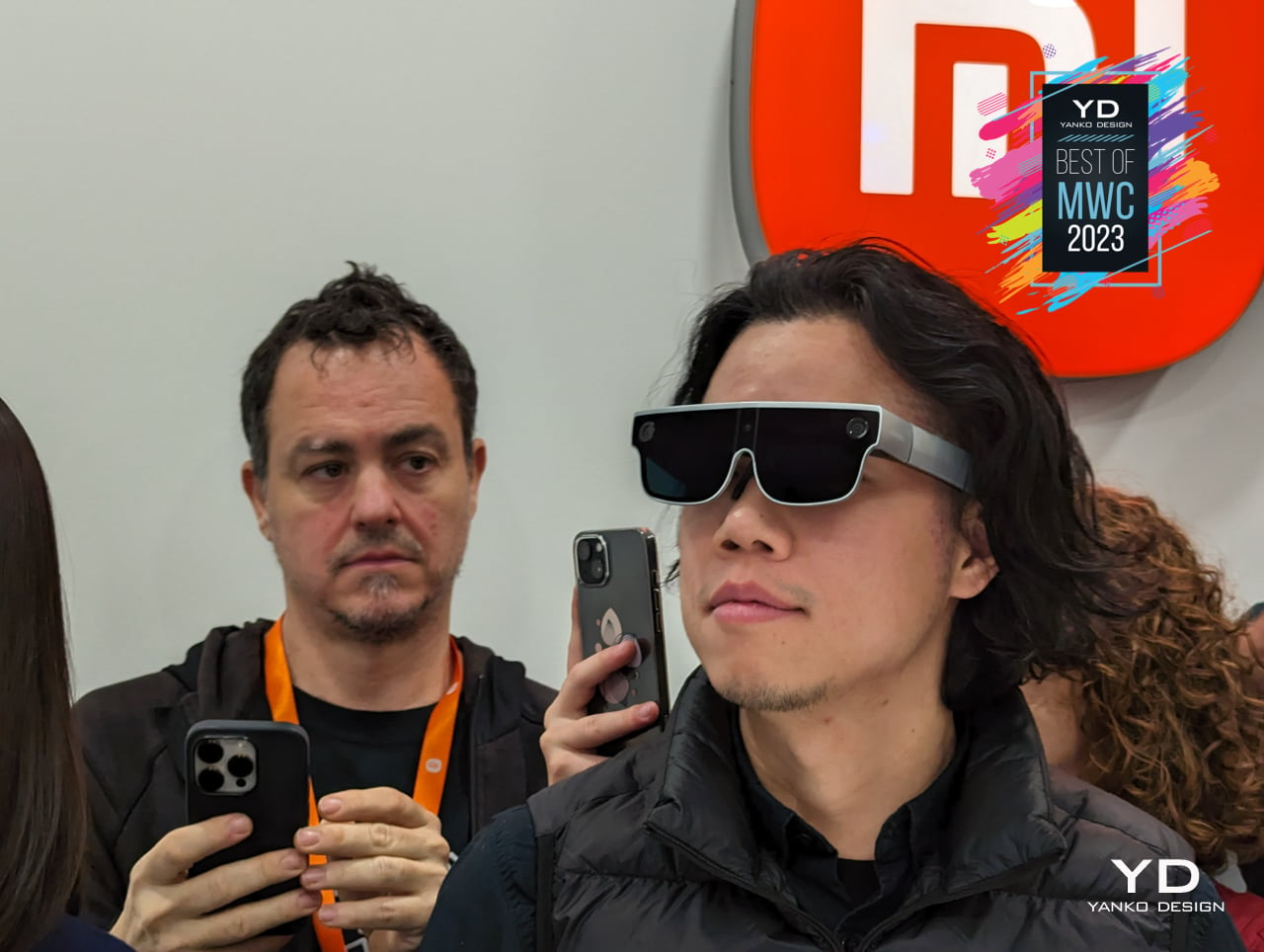
ZTE nubia Pad 3D

3D is becoming more than just something you see in movies or games. With the advent of mixed reality technologies and experiences, the role that 3D objects play has become a little more significant. Most people presume that enjoying 3D content would require wearing a headset or at least some special glasses like those you’d use in cinemas. There are now some TVs and even a few laptops that will let you see “real” 3D content without having to wear those glasses, but ZTE is presenting something that is more portable and potentially more usable by everyone.
Designer: ZTE
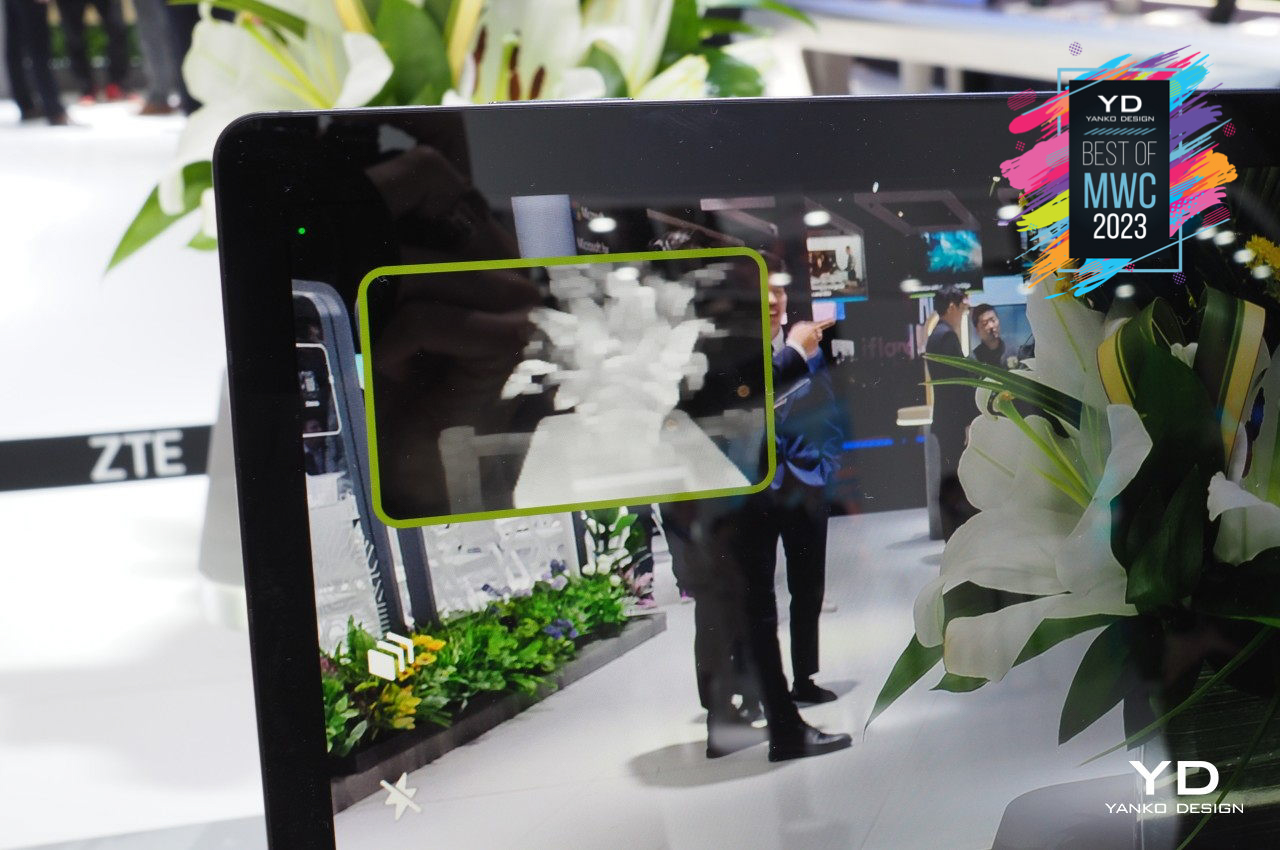
The nubia Pad 3D is perhaps the first tablet of its kind to enable viewing stereoscopic 3D content without any eyewear. It leverages Leia’s technology and ecosystem to power its features, not just for viewing 3D content but also transforming plain 2D content, like streamed videos, into something you view in 3D. The large 12.4-inch slate has dual cameras front and back to also allow users to become creators as well, generating 3D visuals from real-world objects or even their faces.
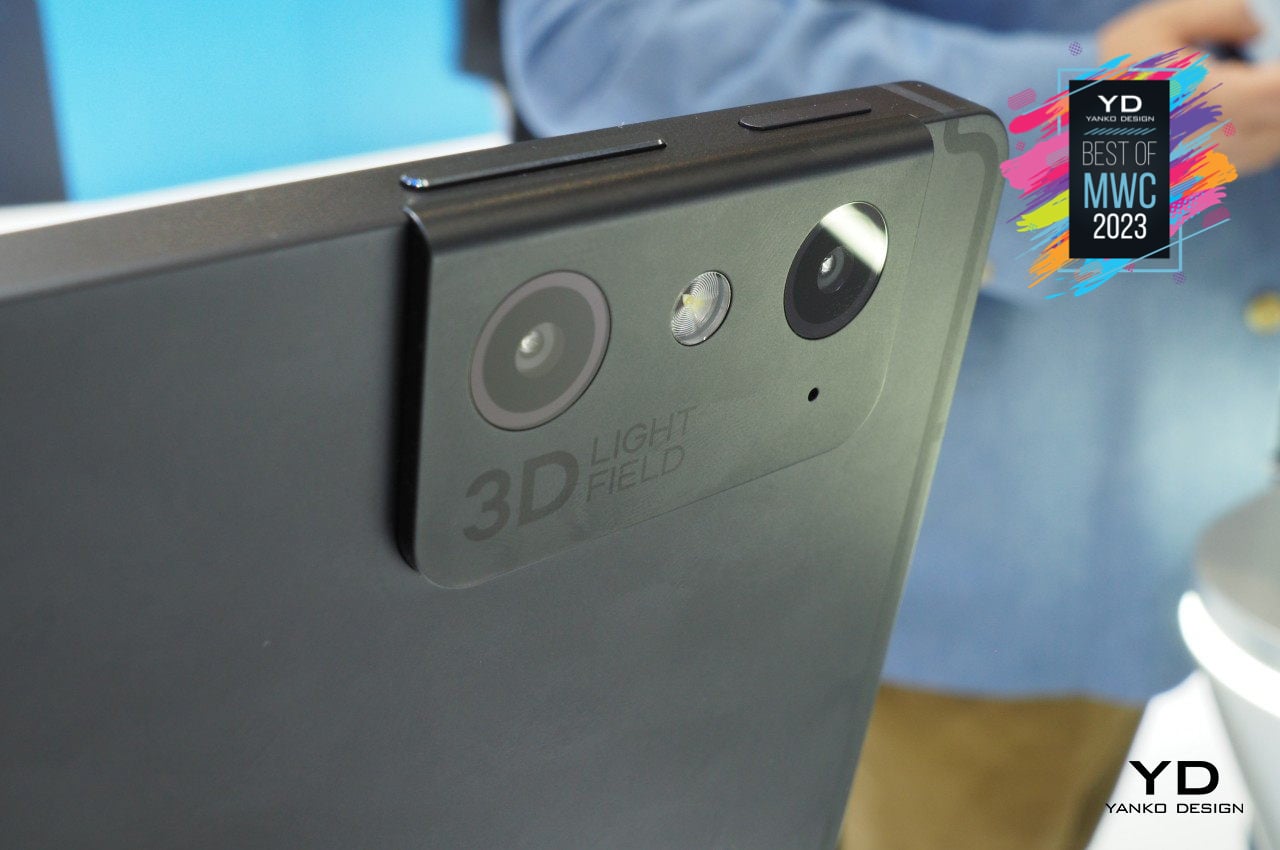
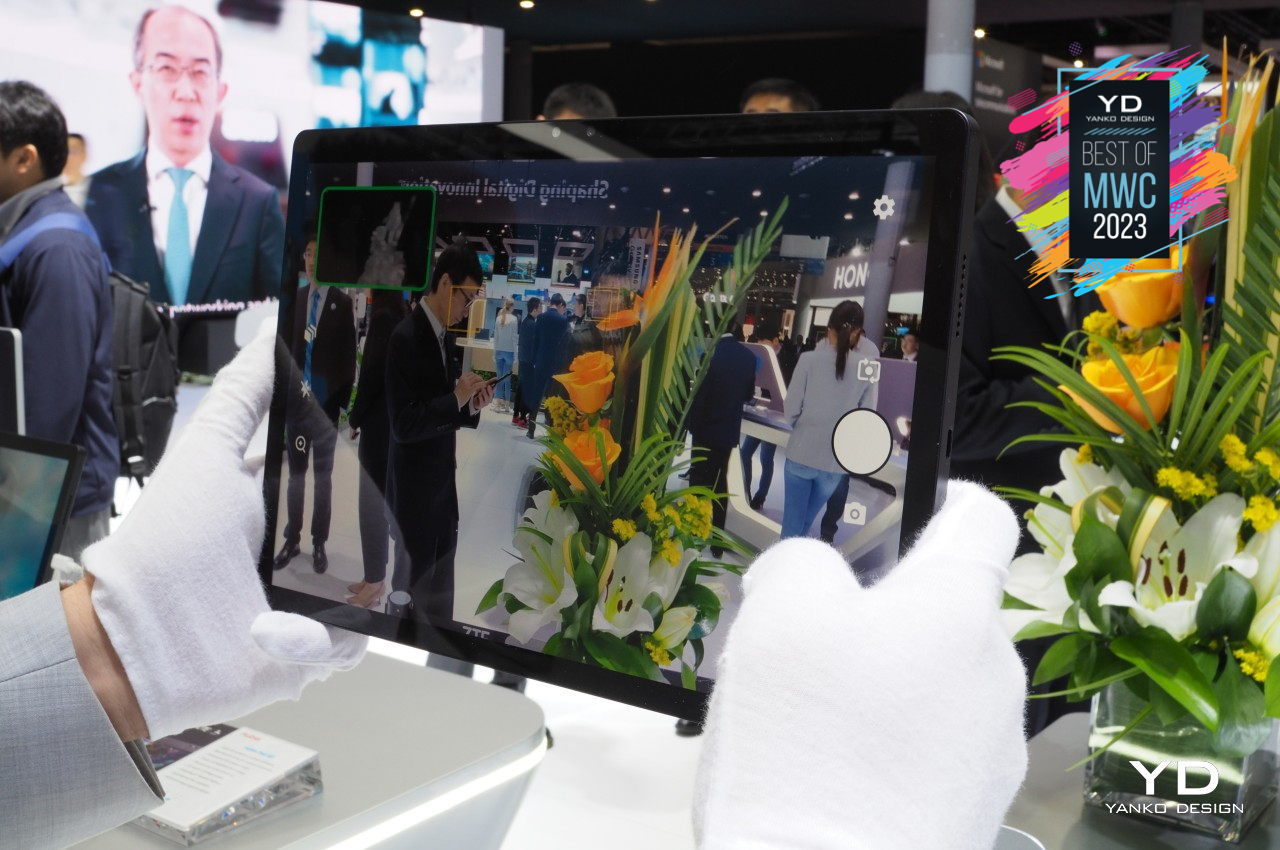
The post Best of MWC 2023: Mobile Gets Design-Conscious first appeared on Yanko Design.
from Yanko Design

0 Comments